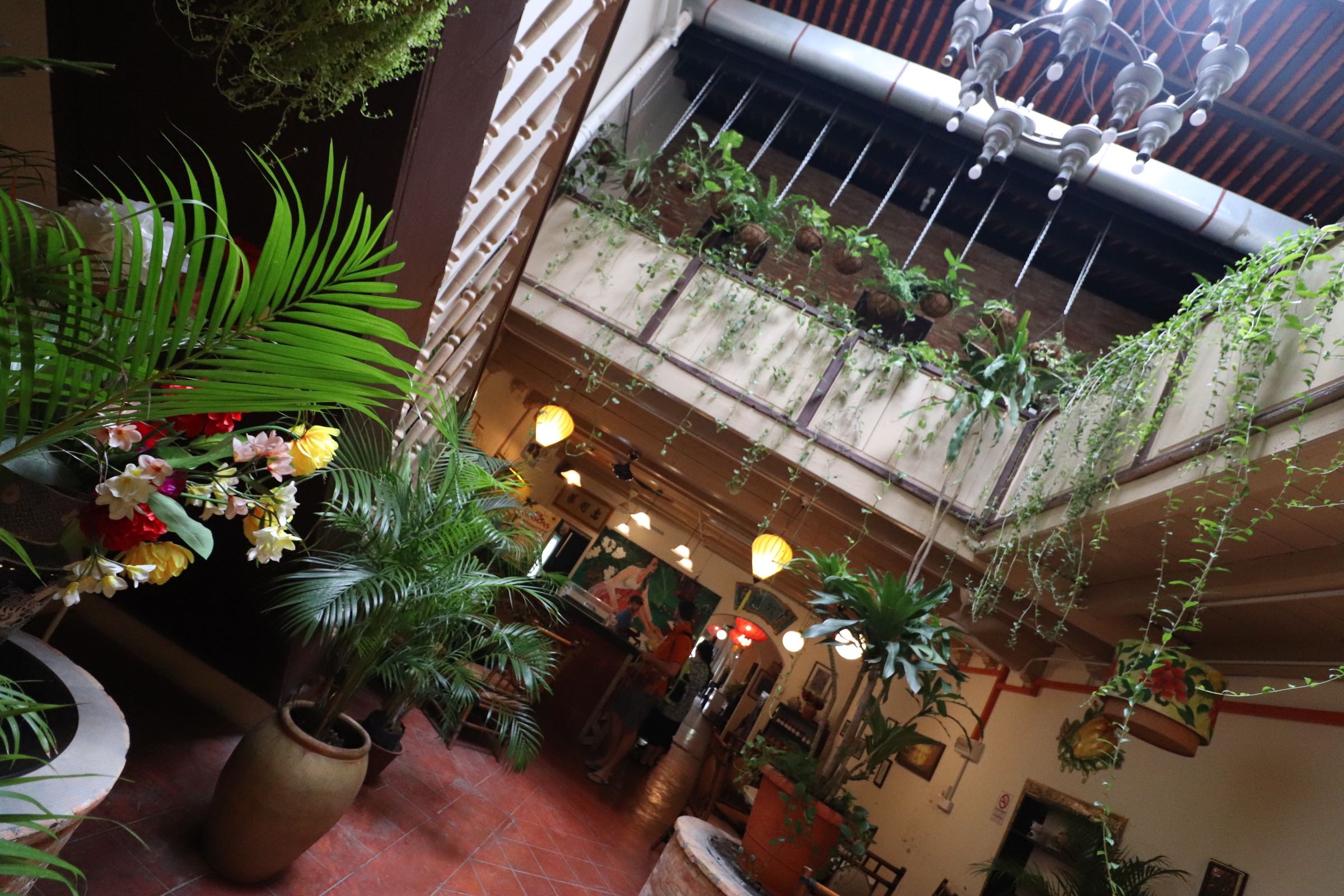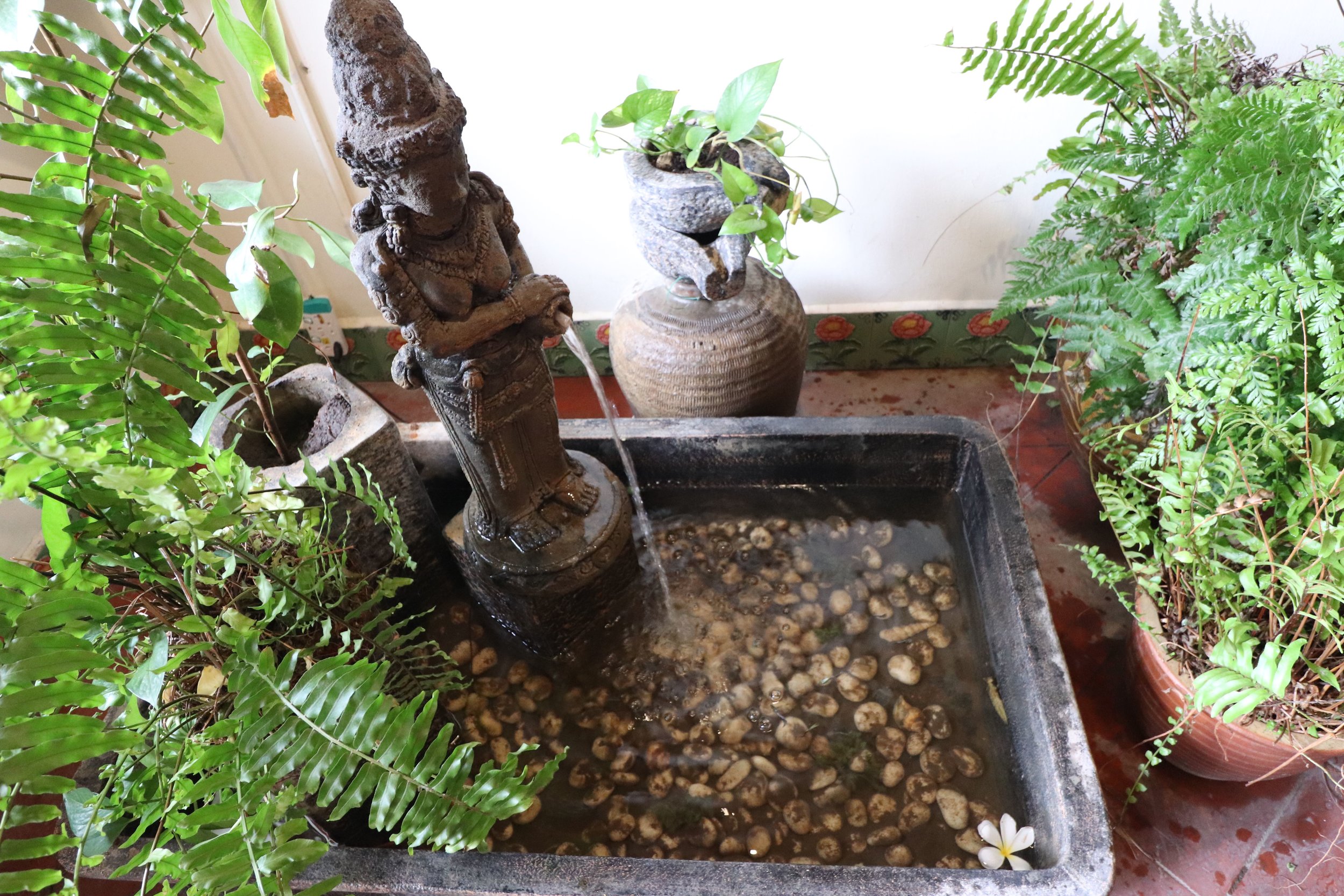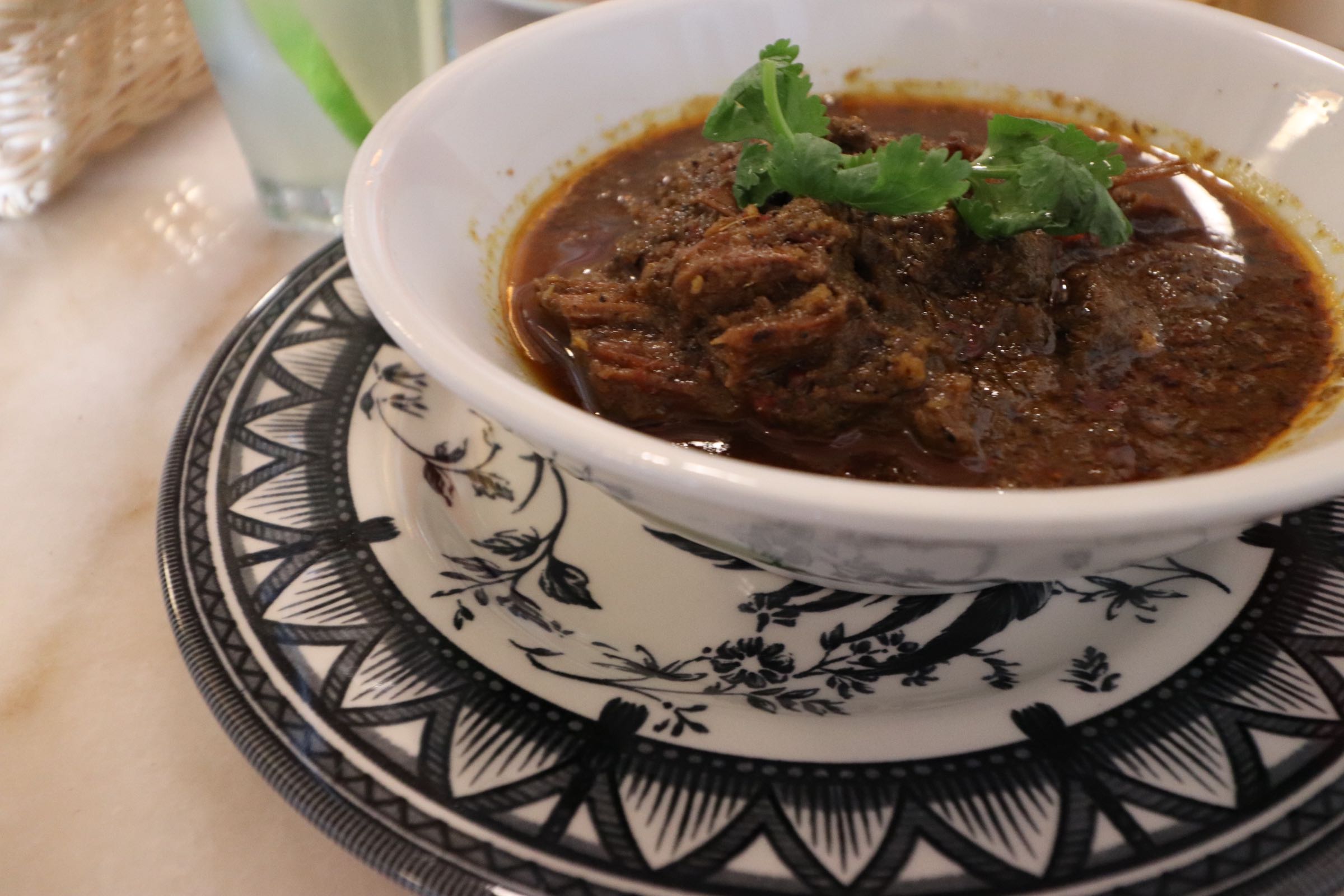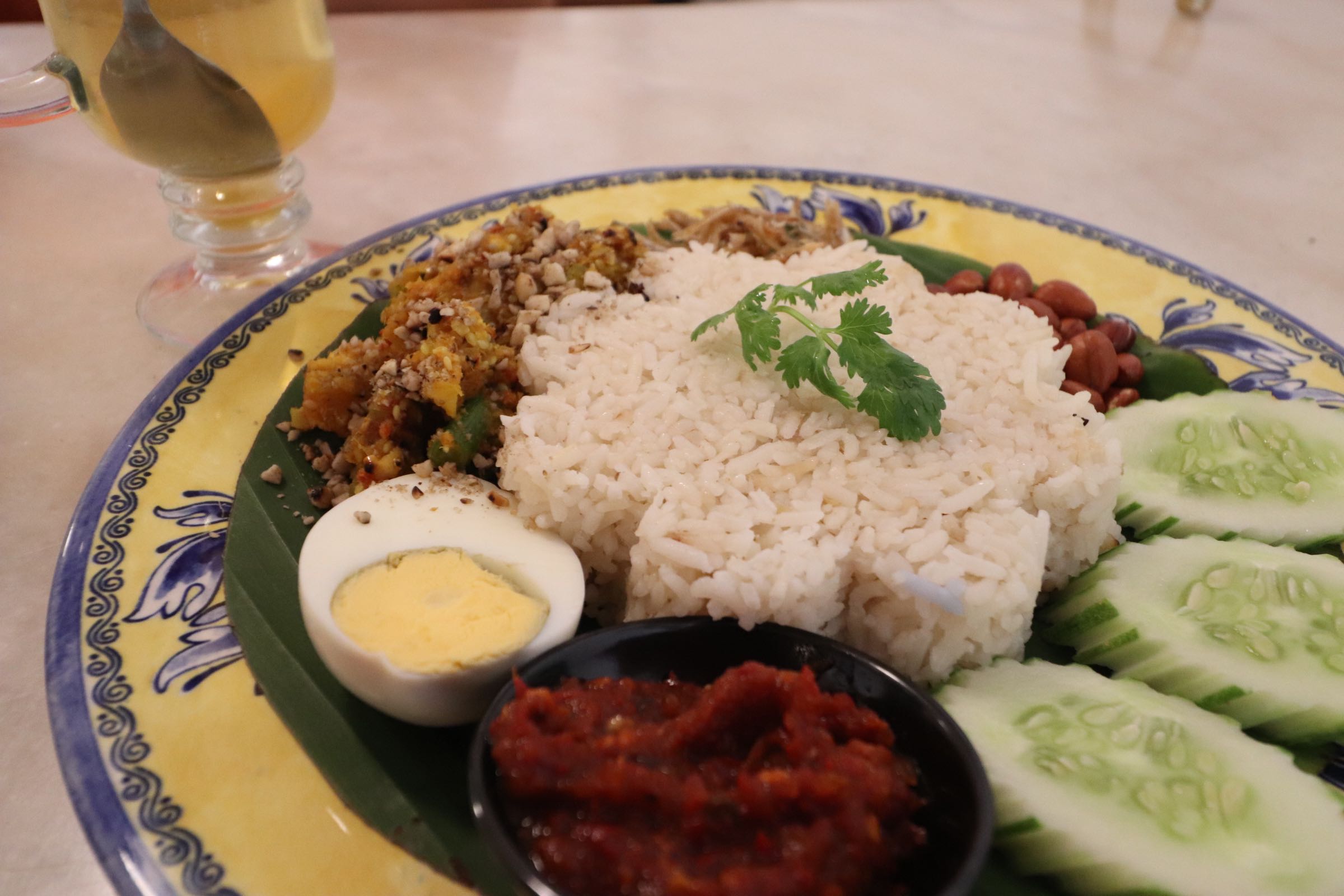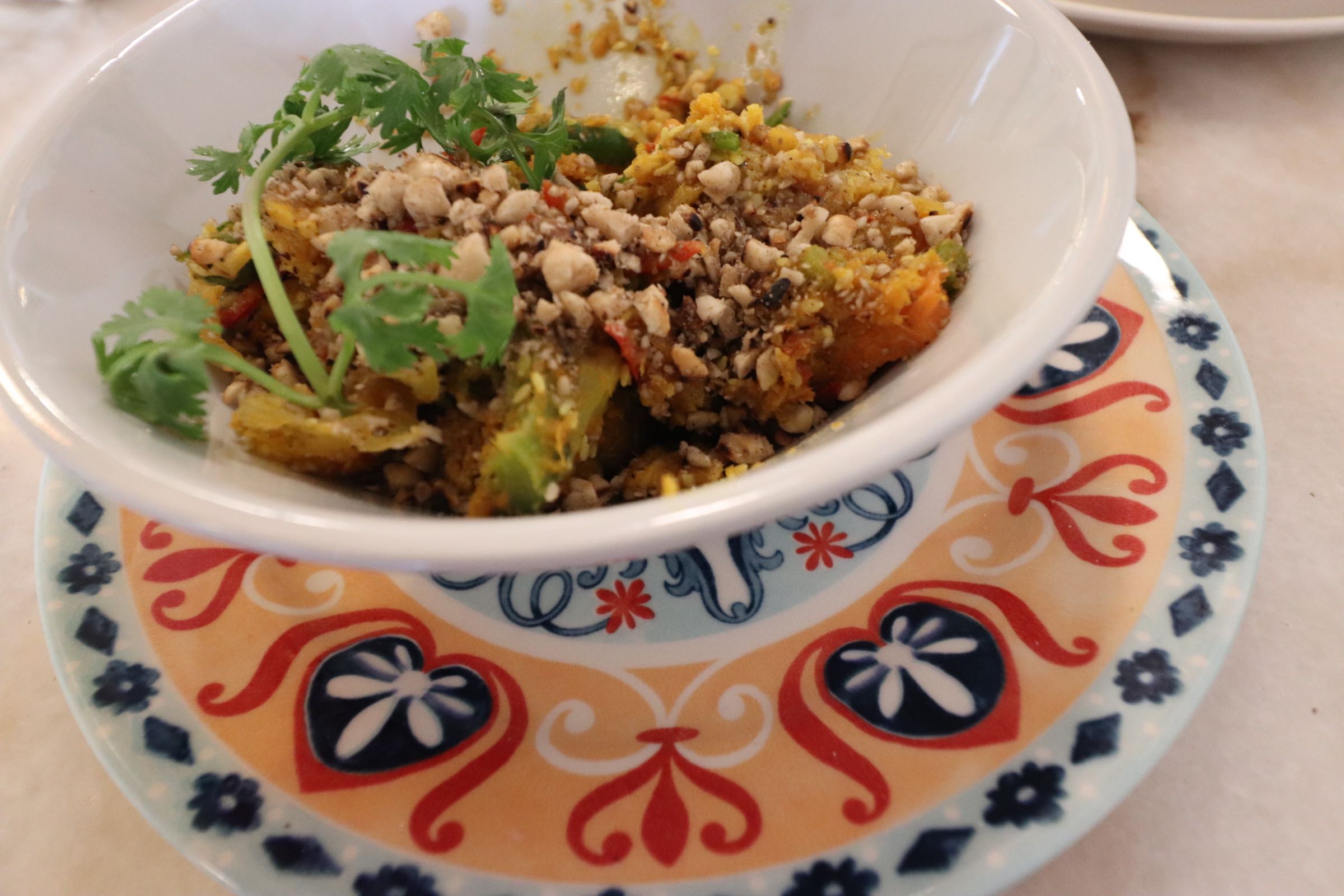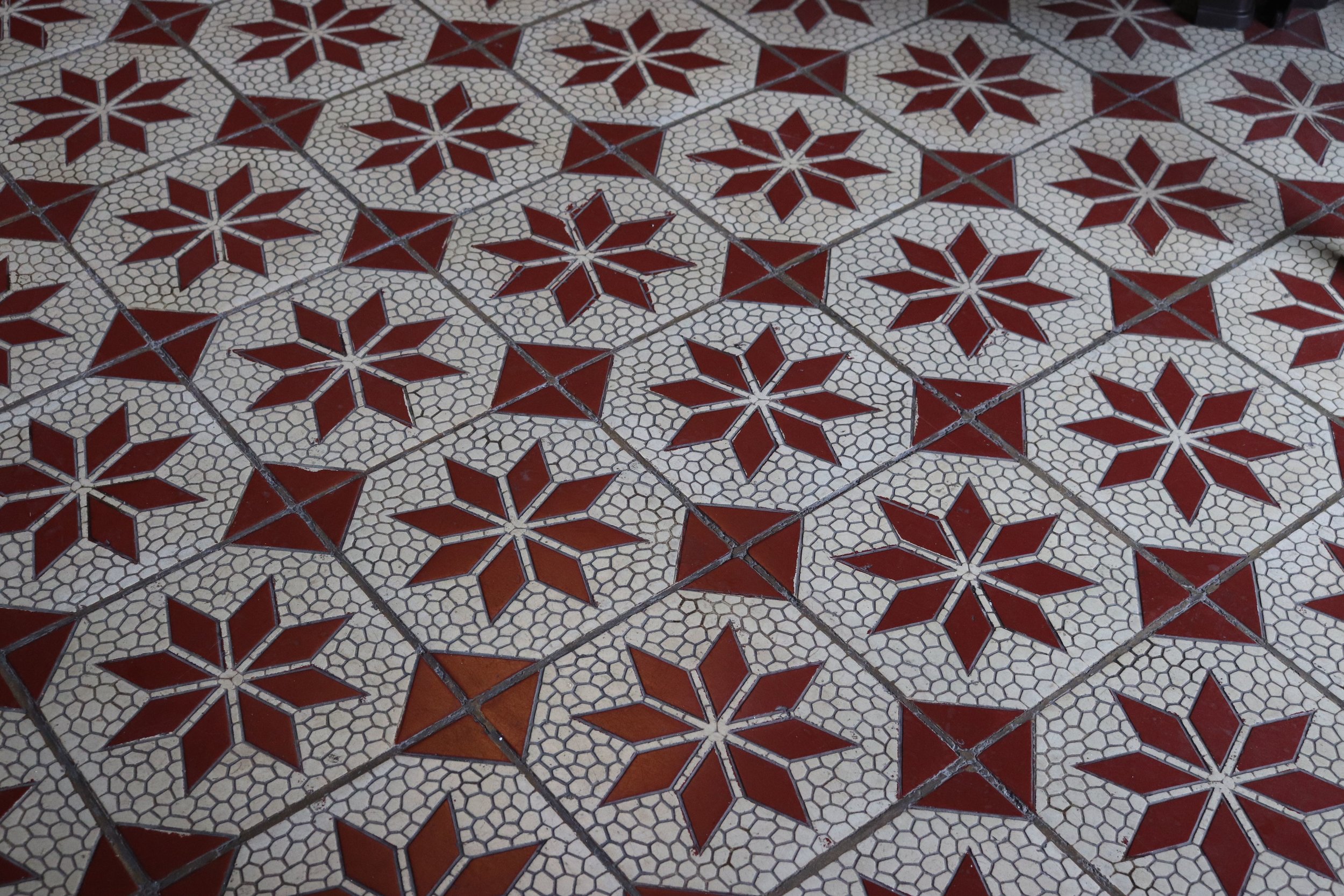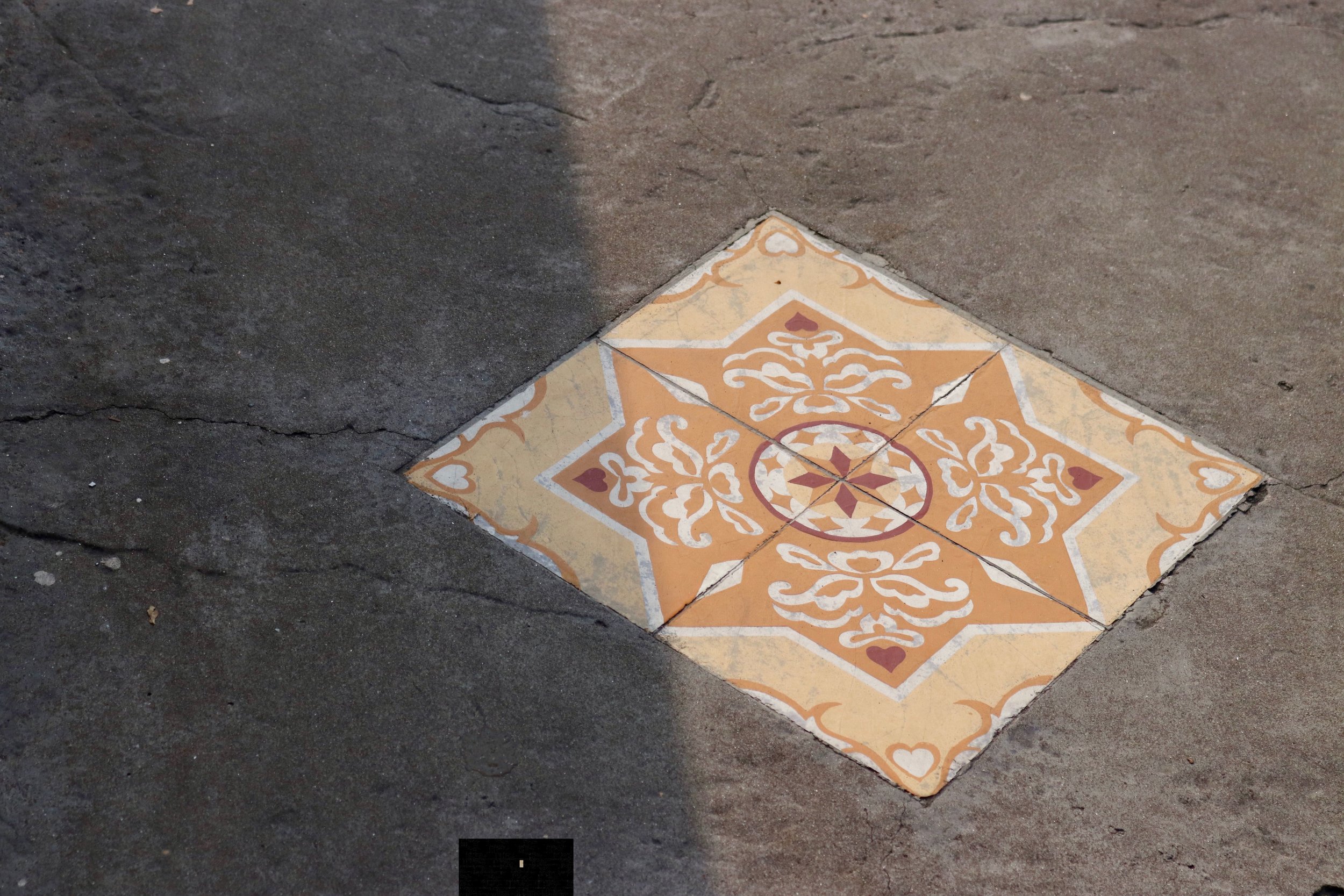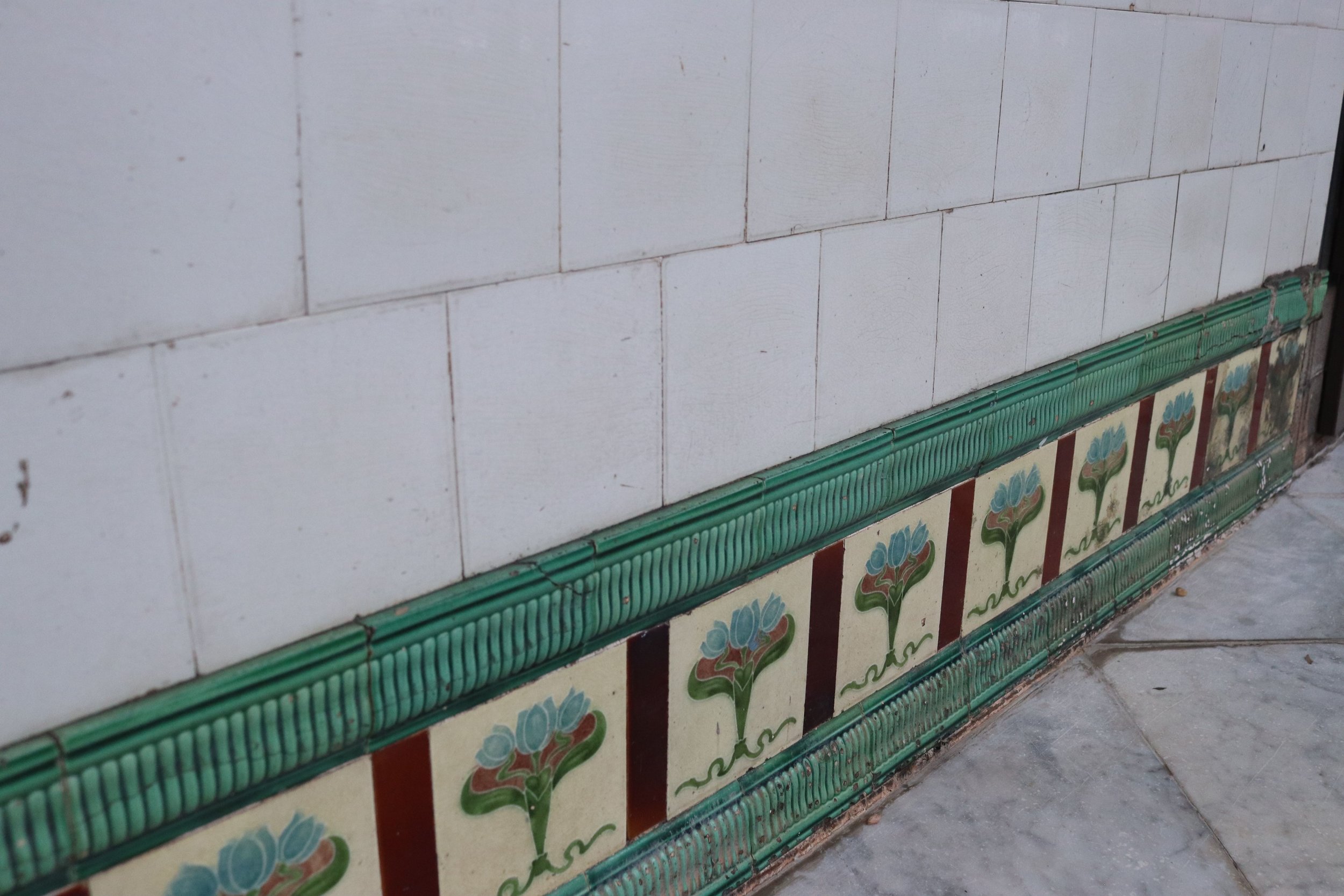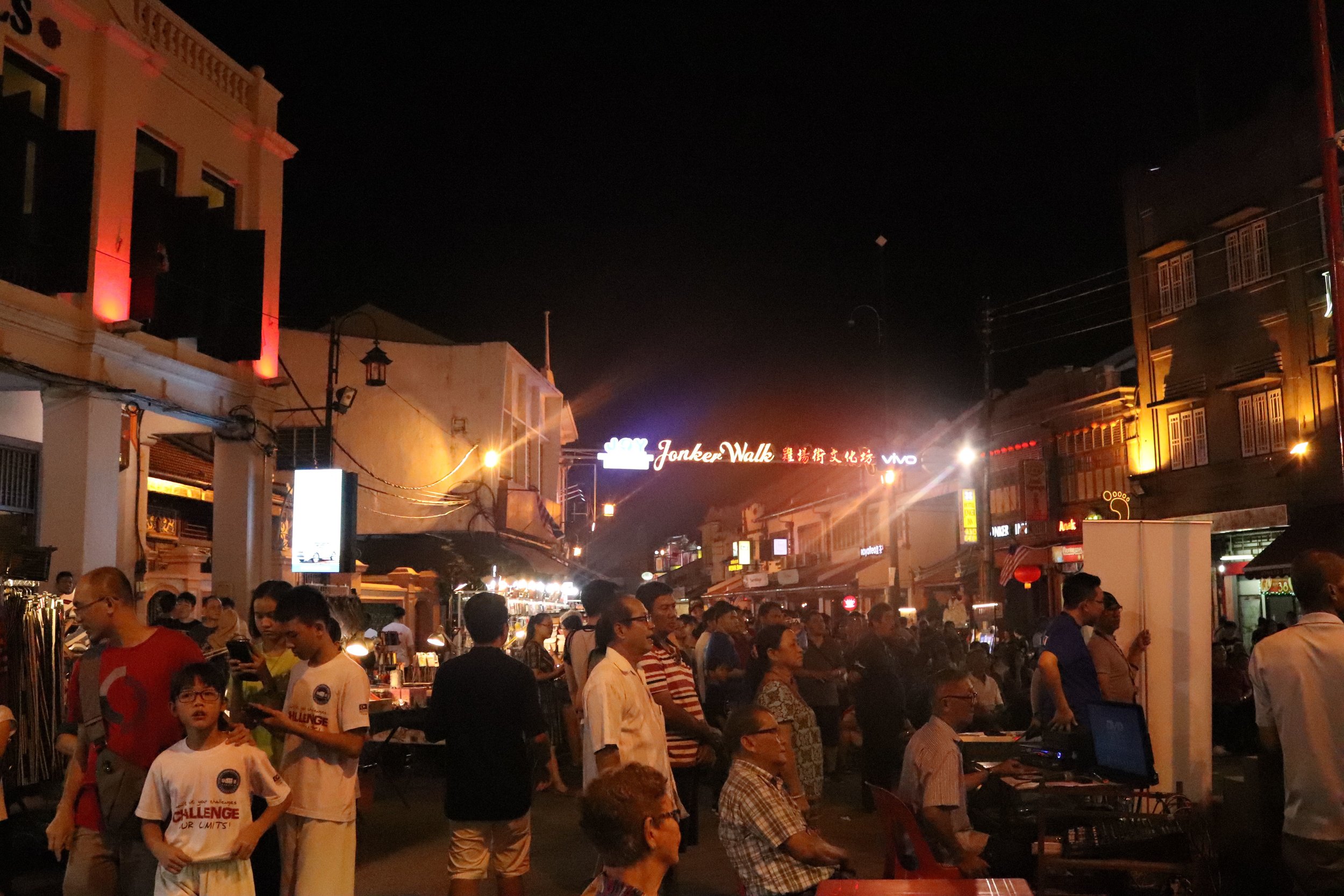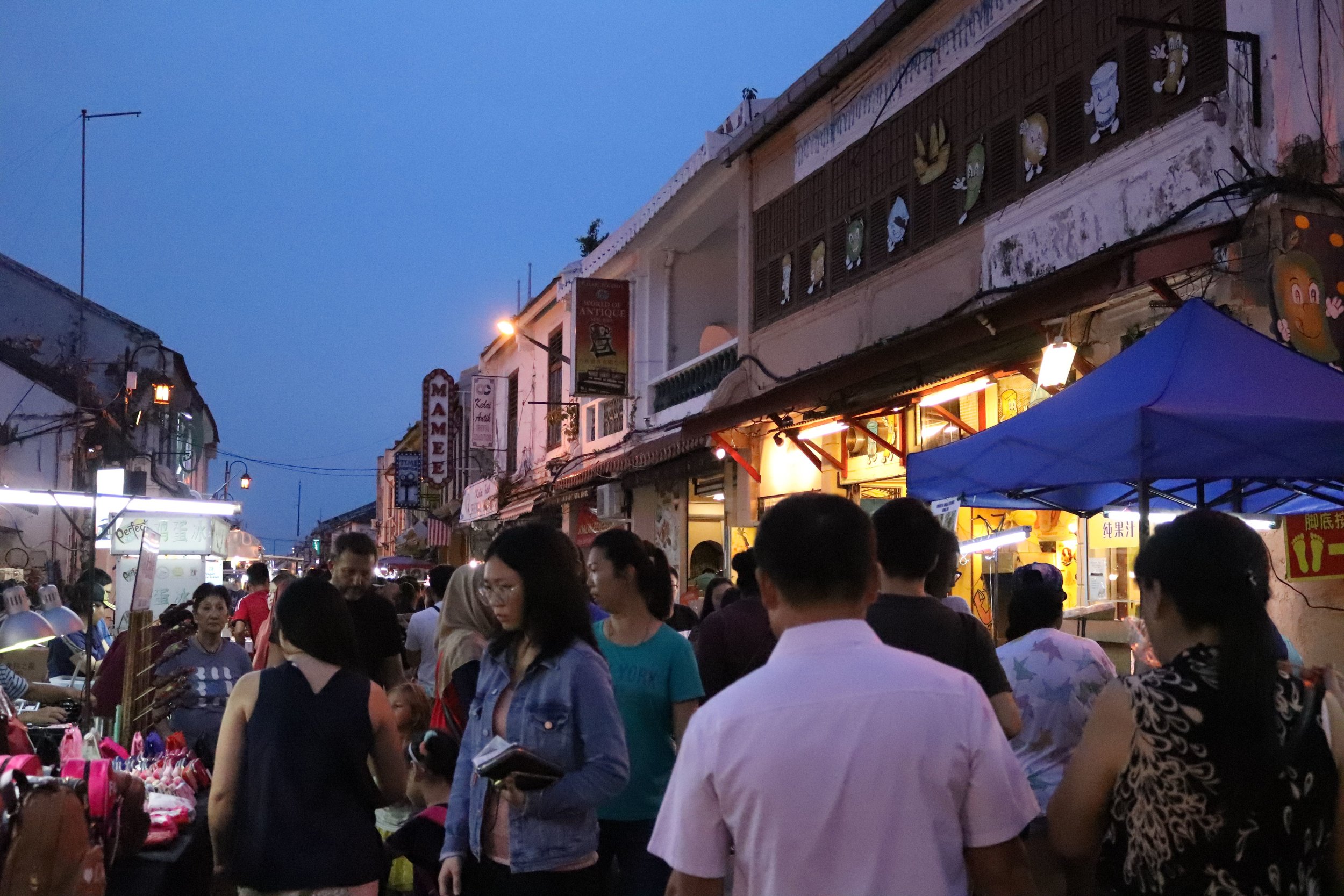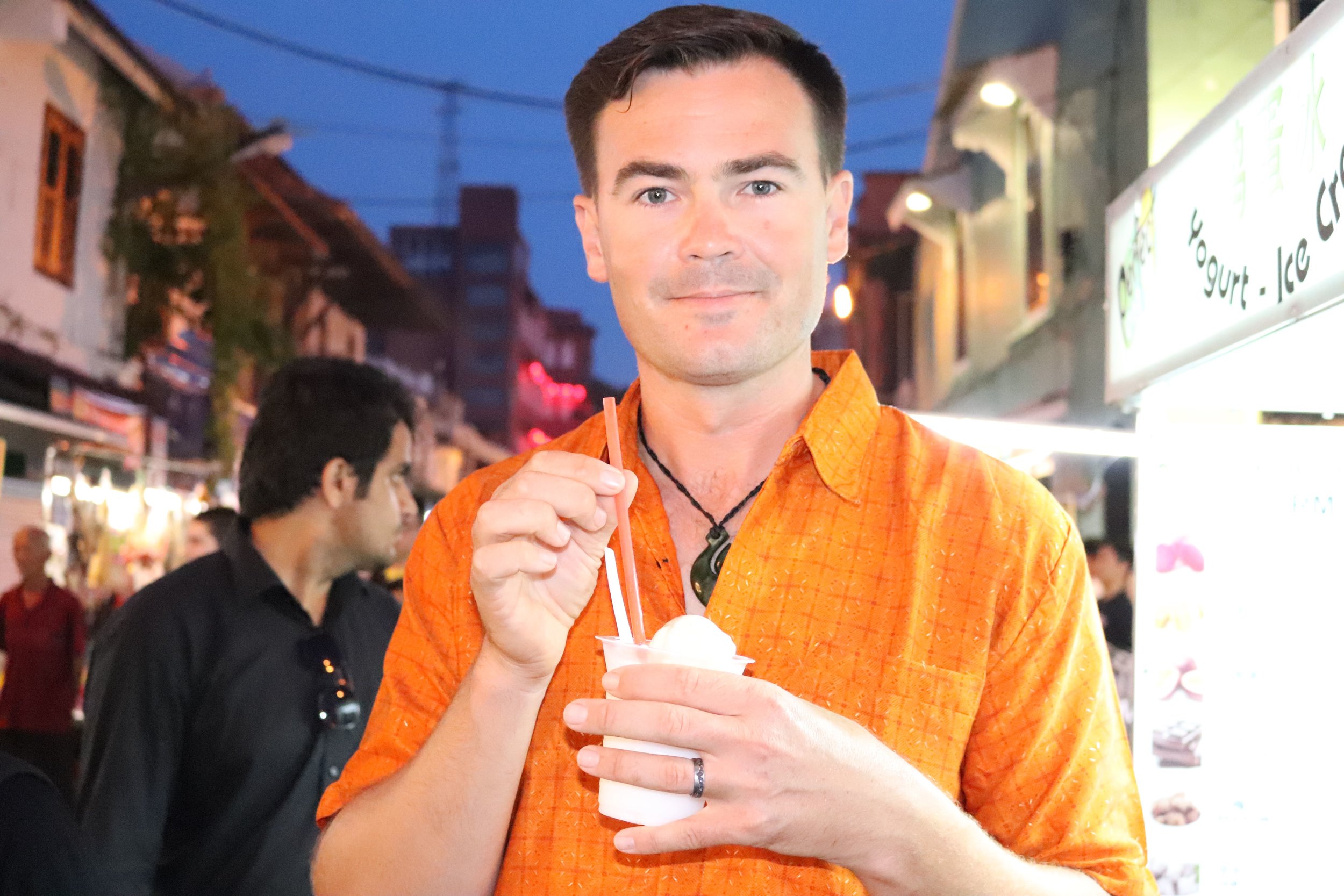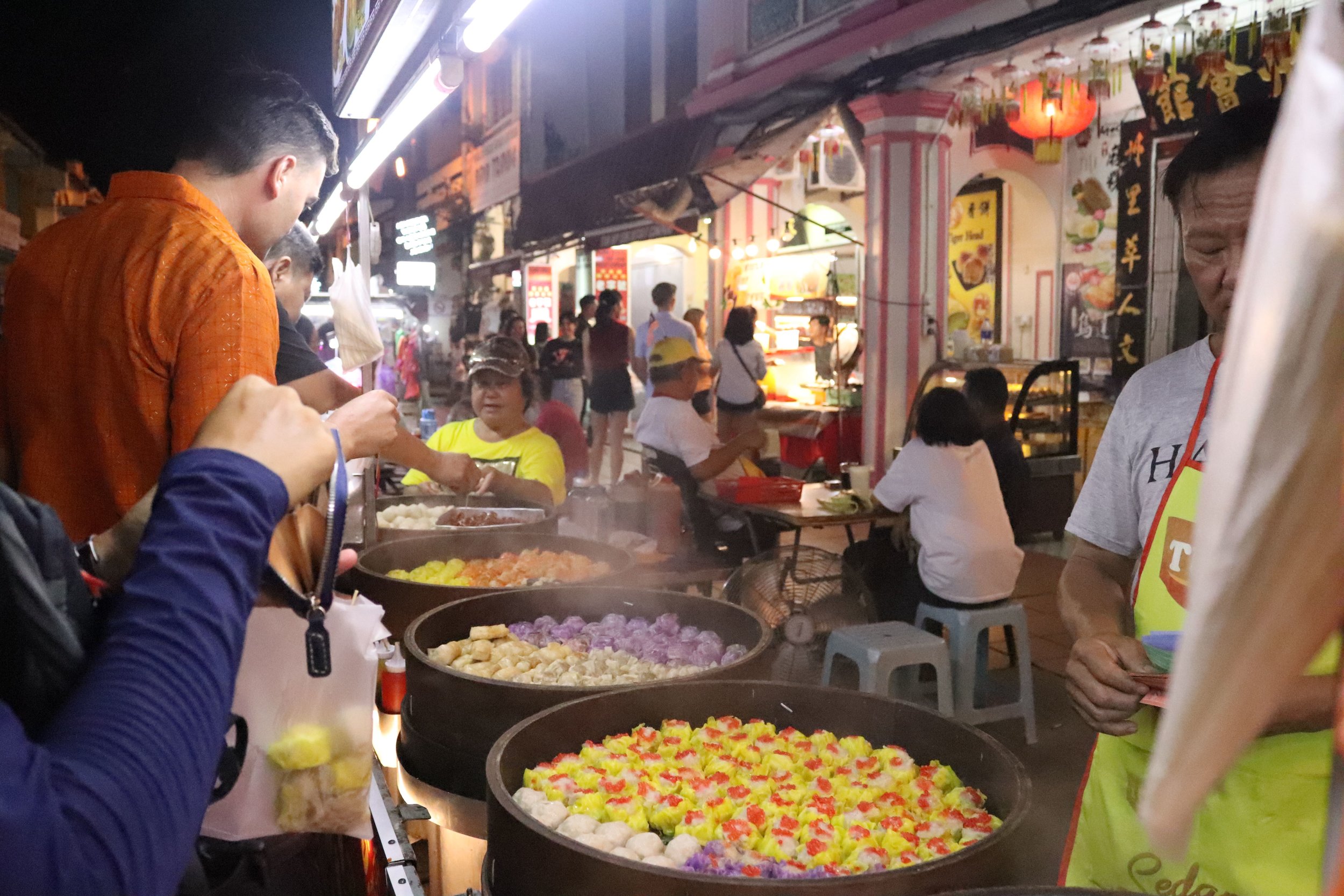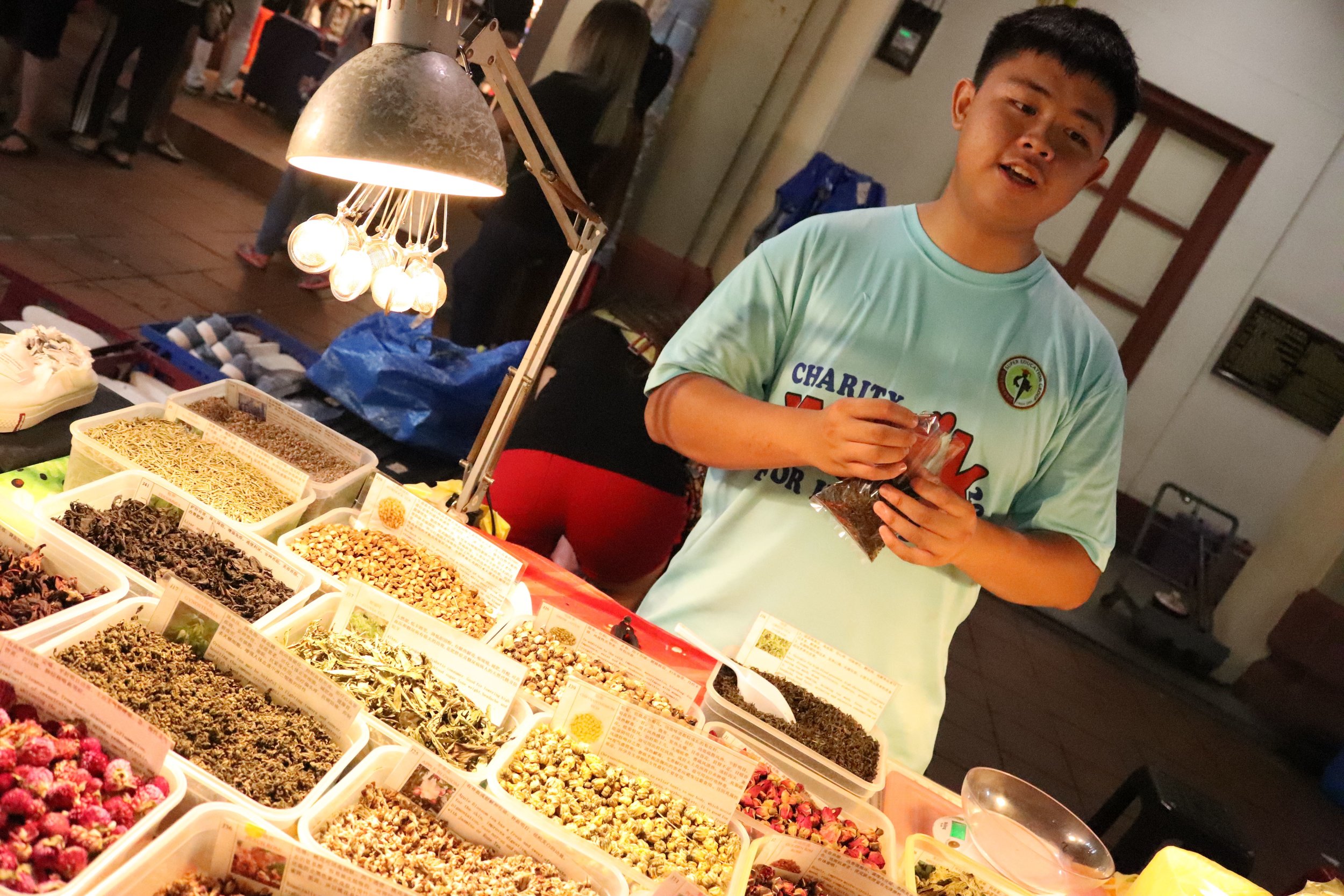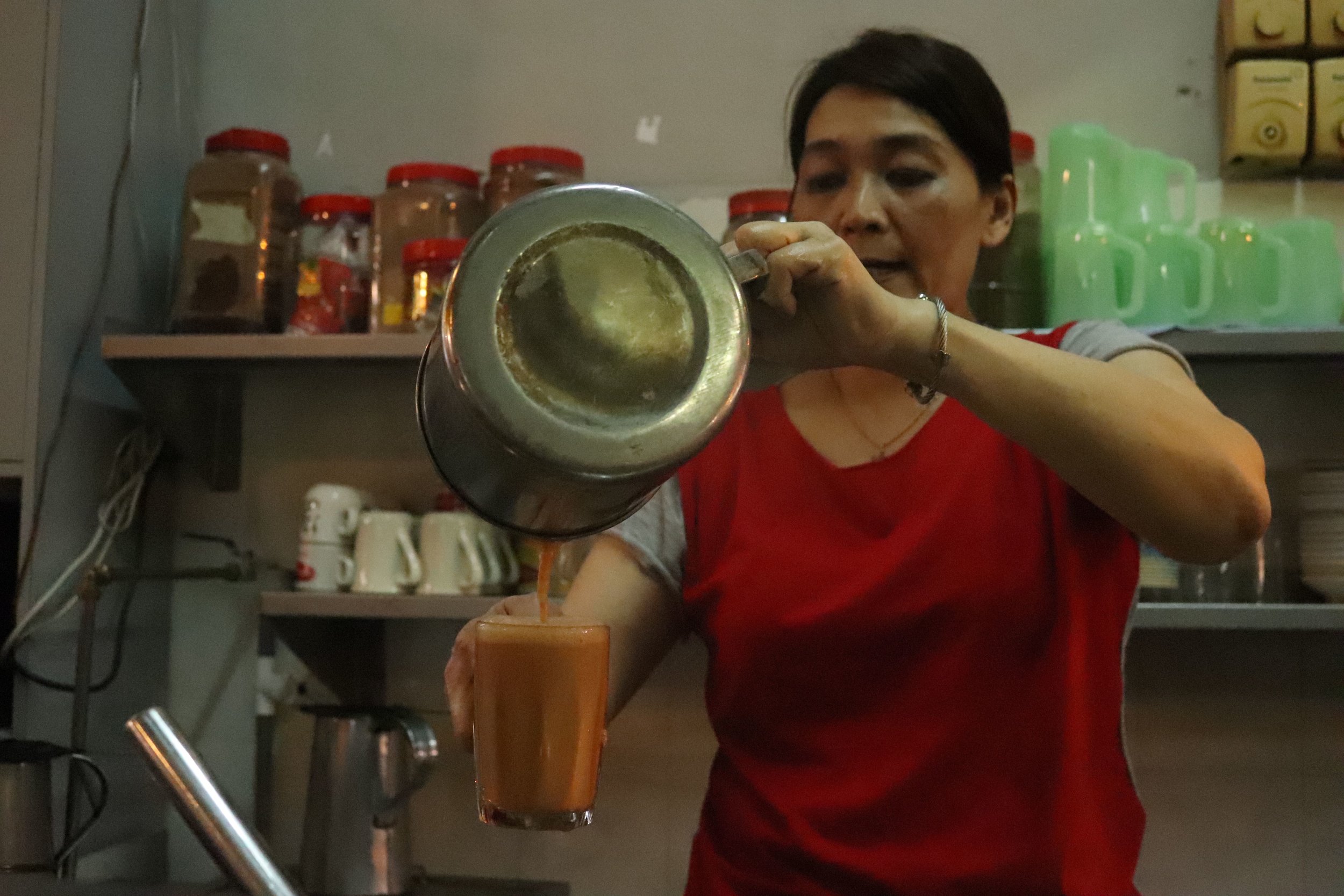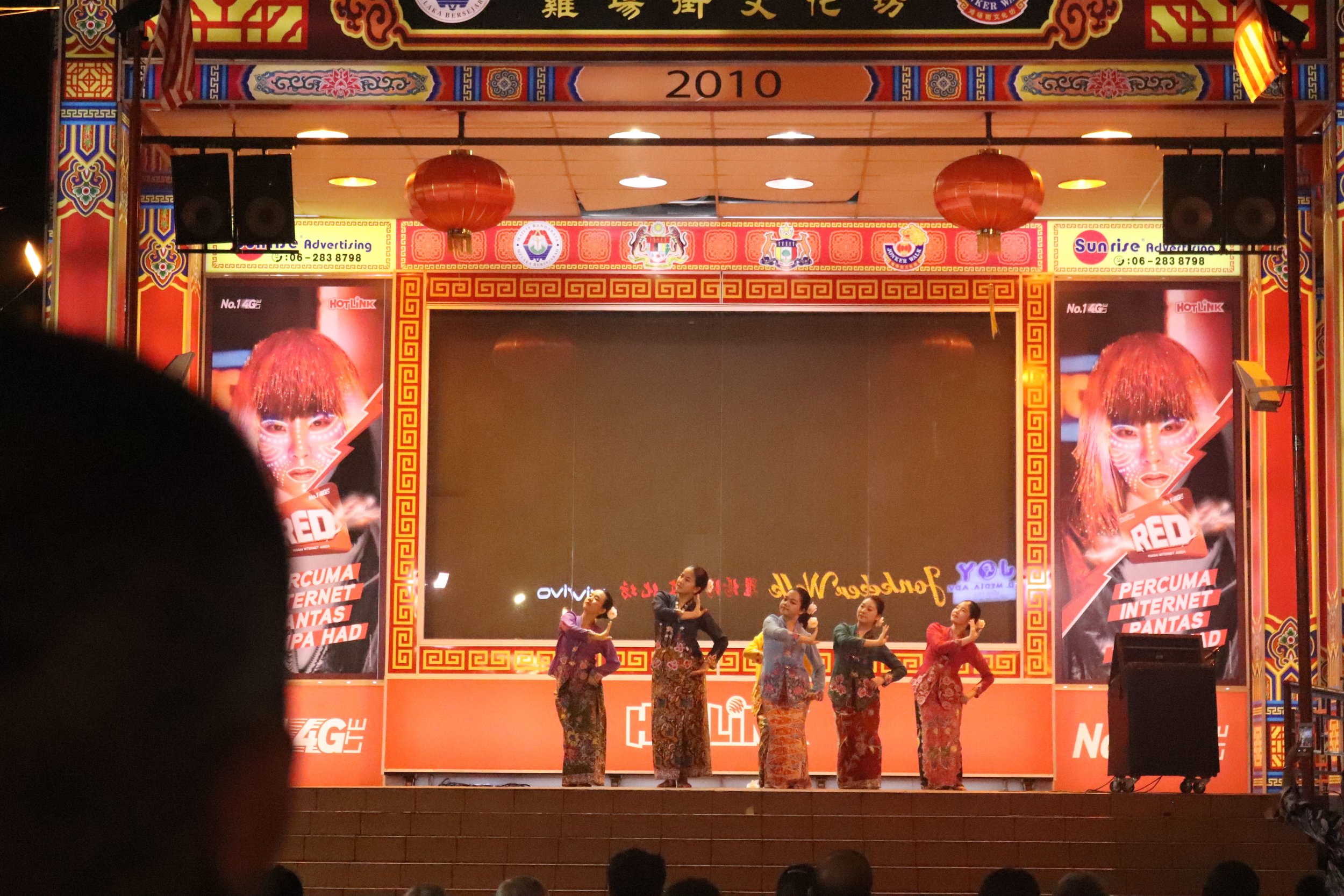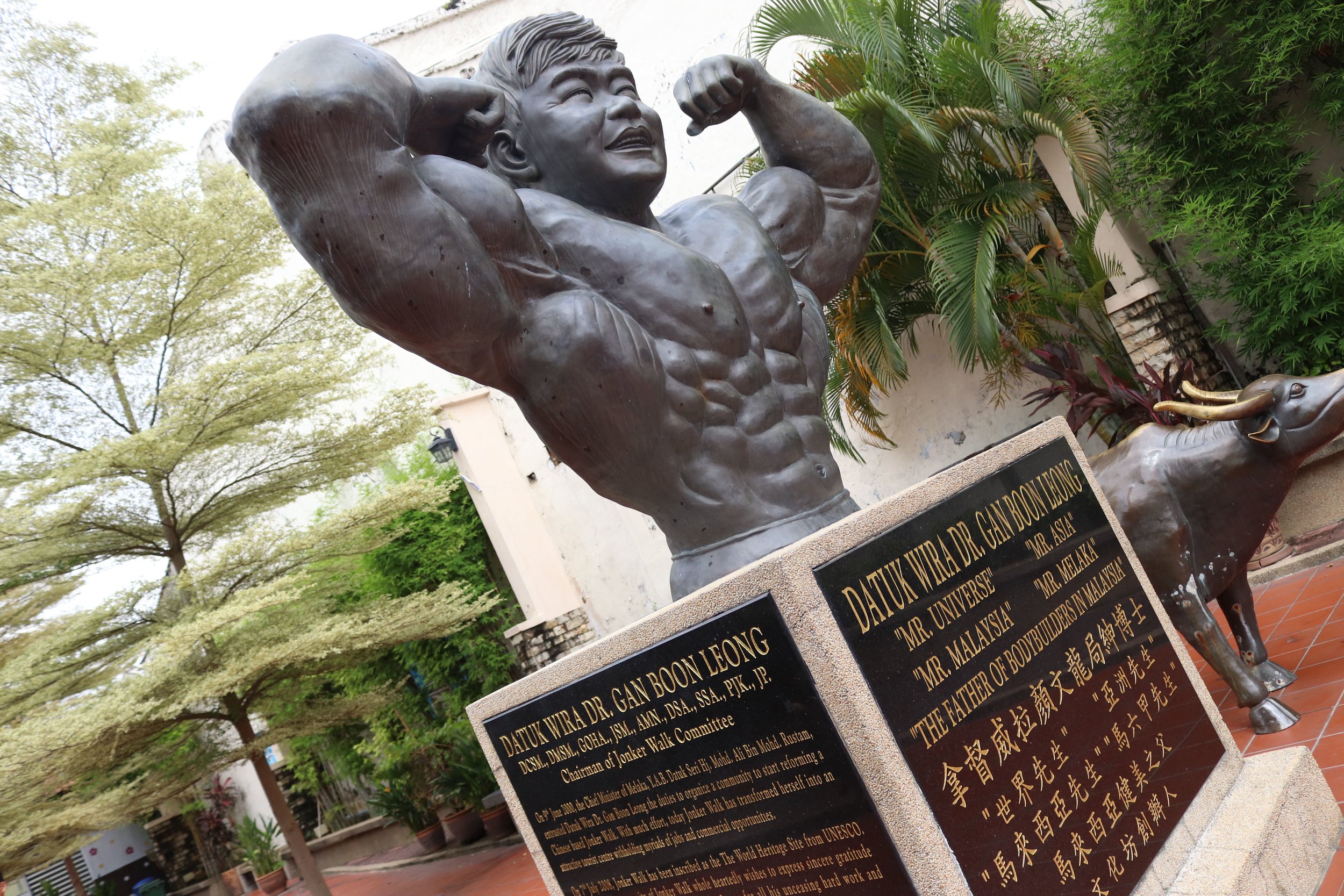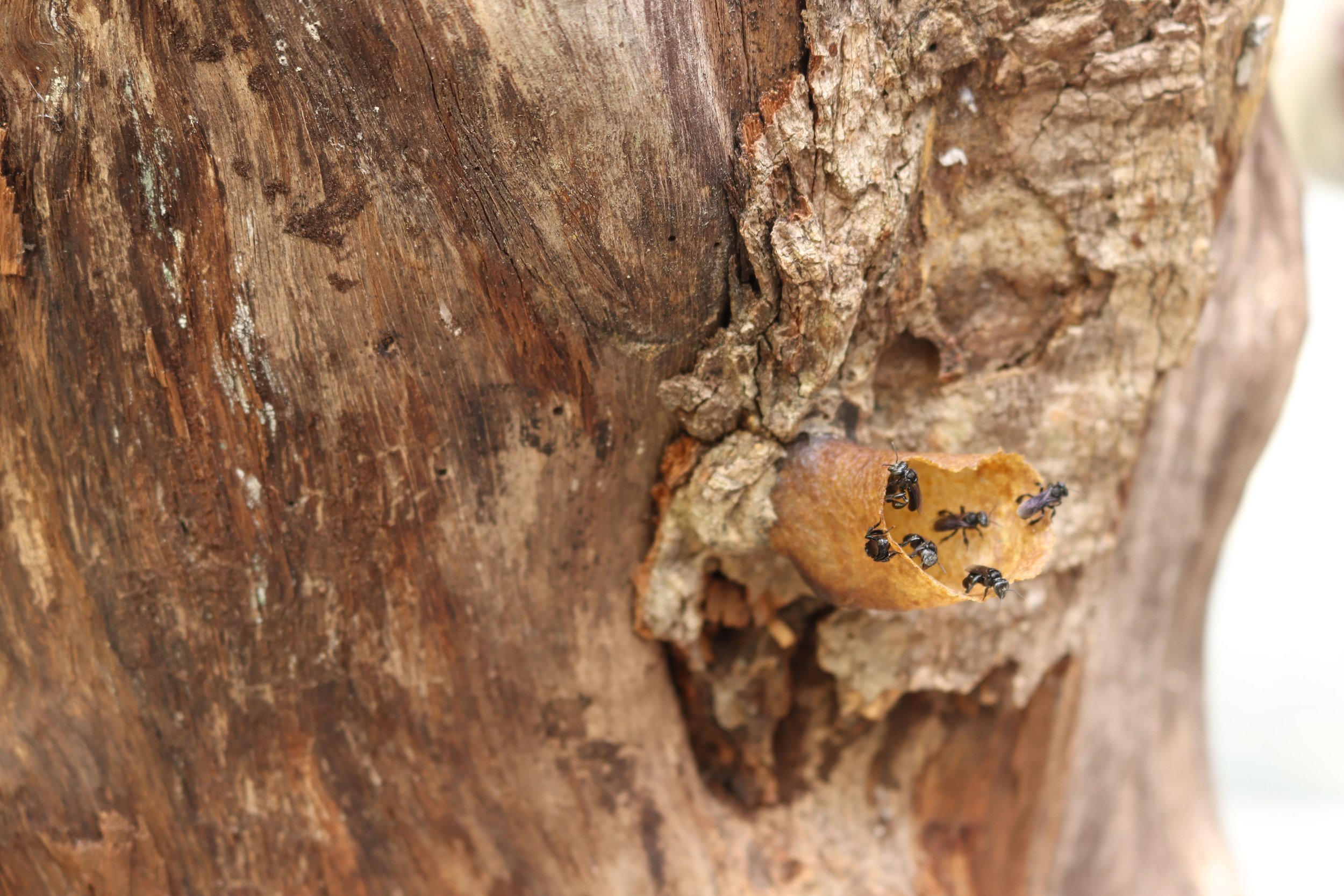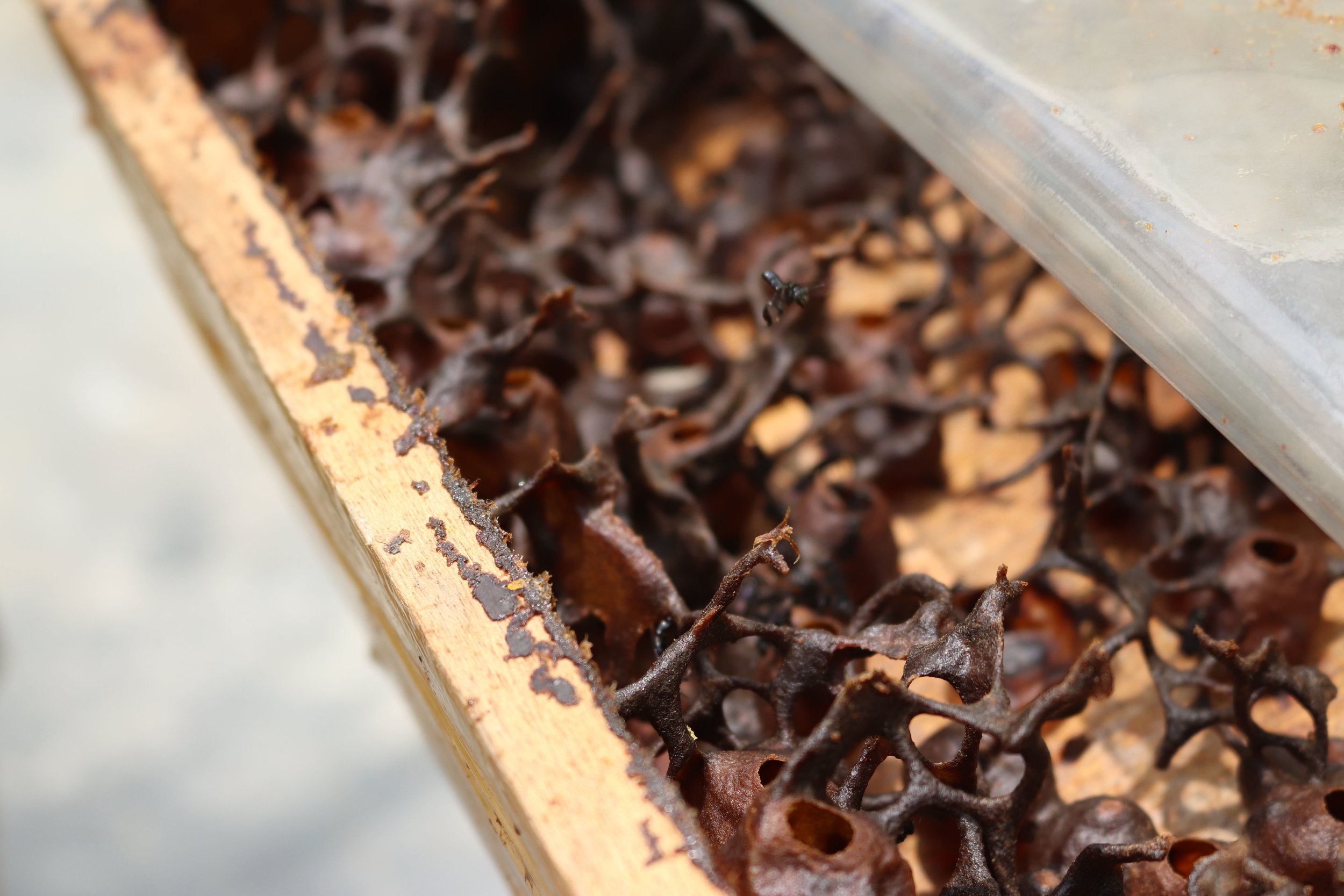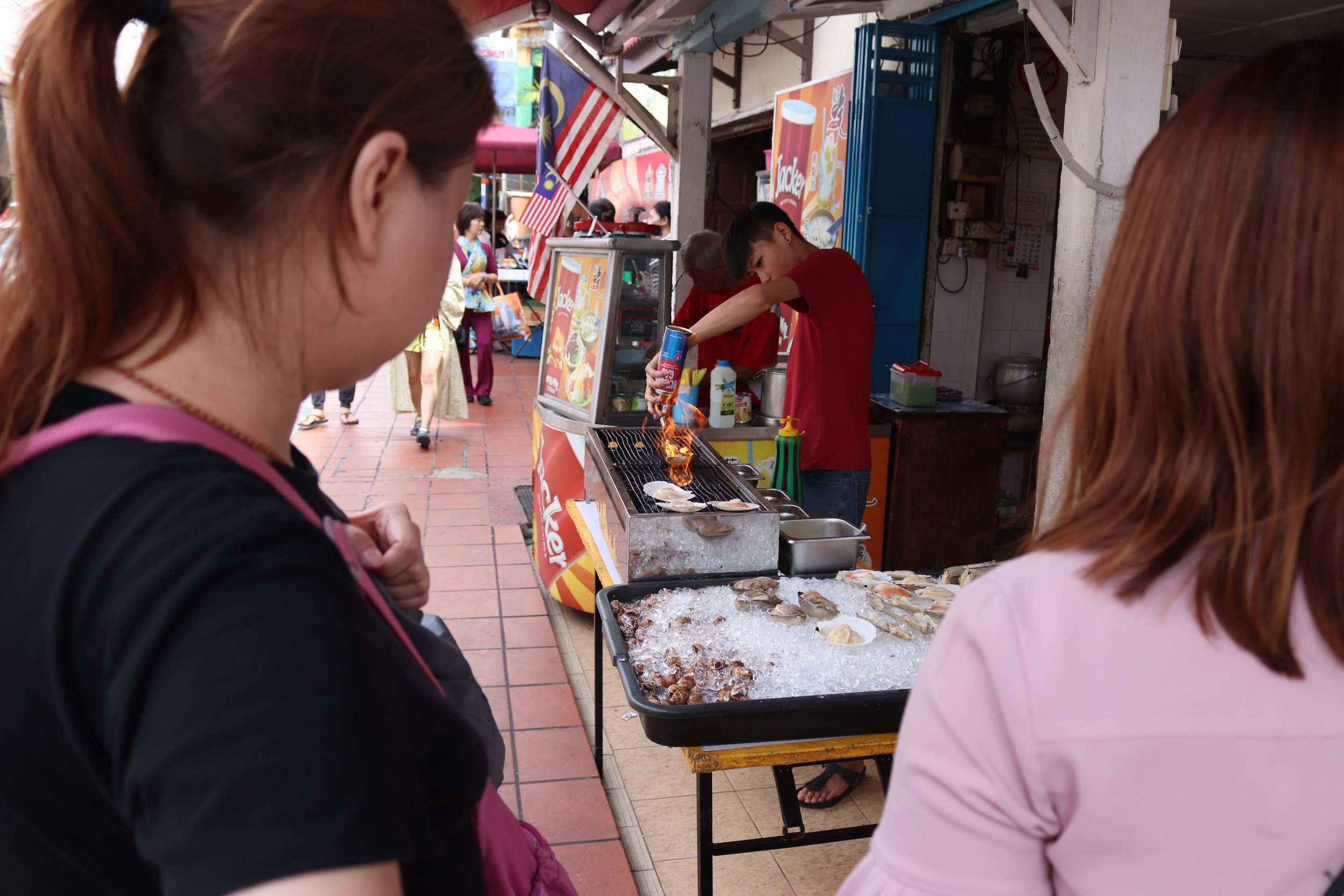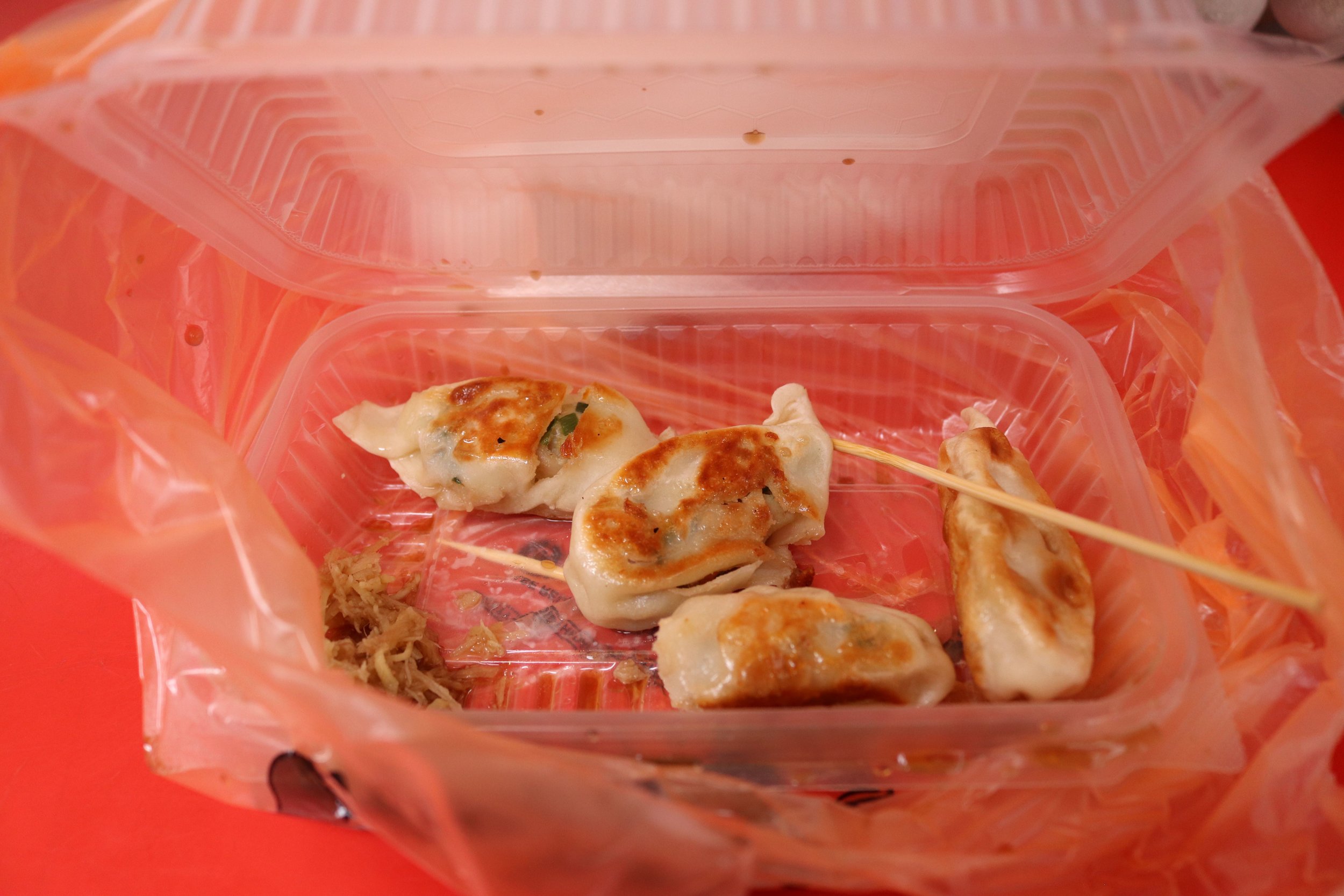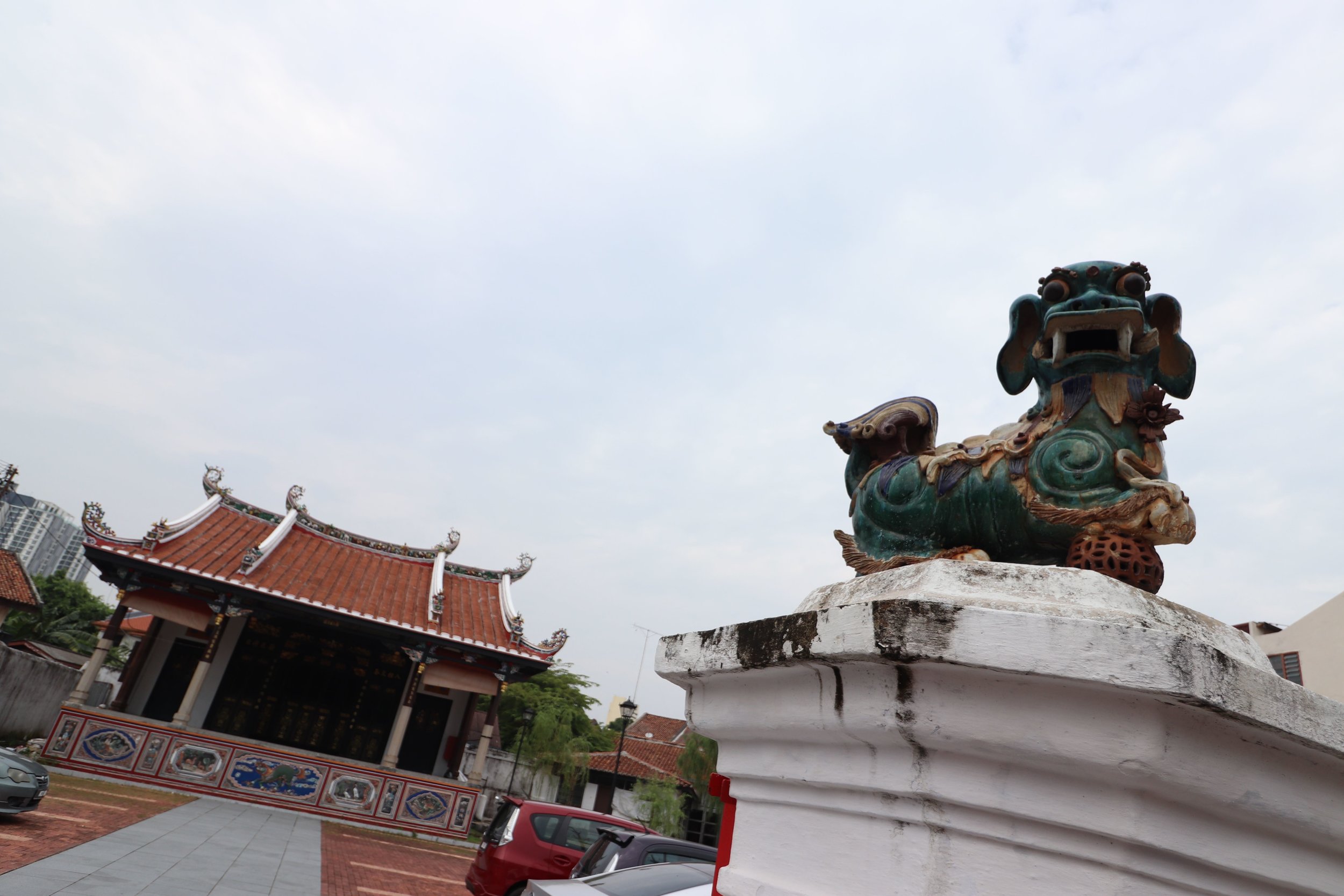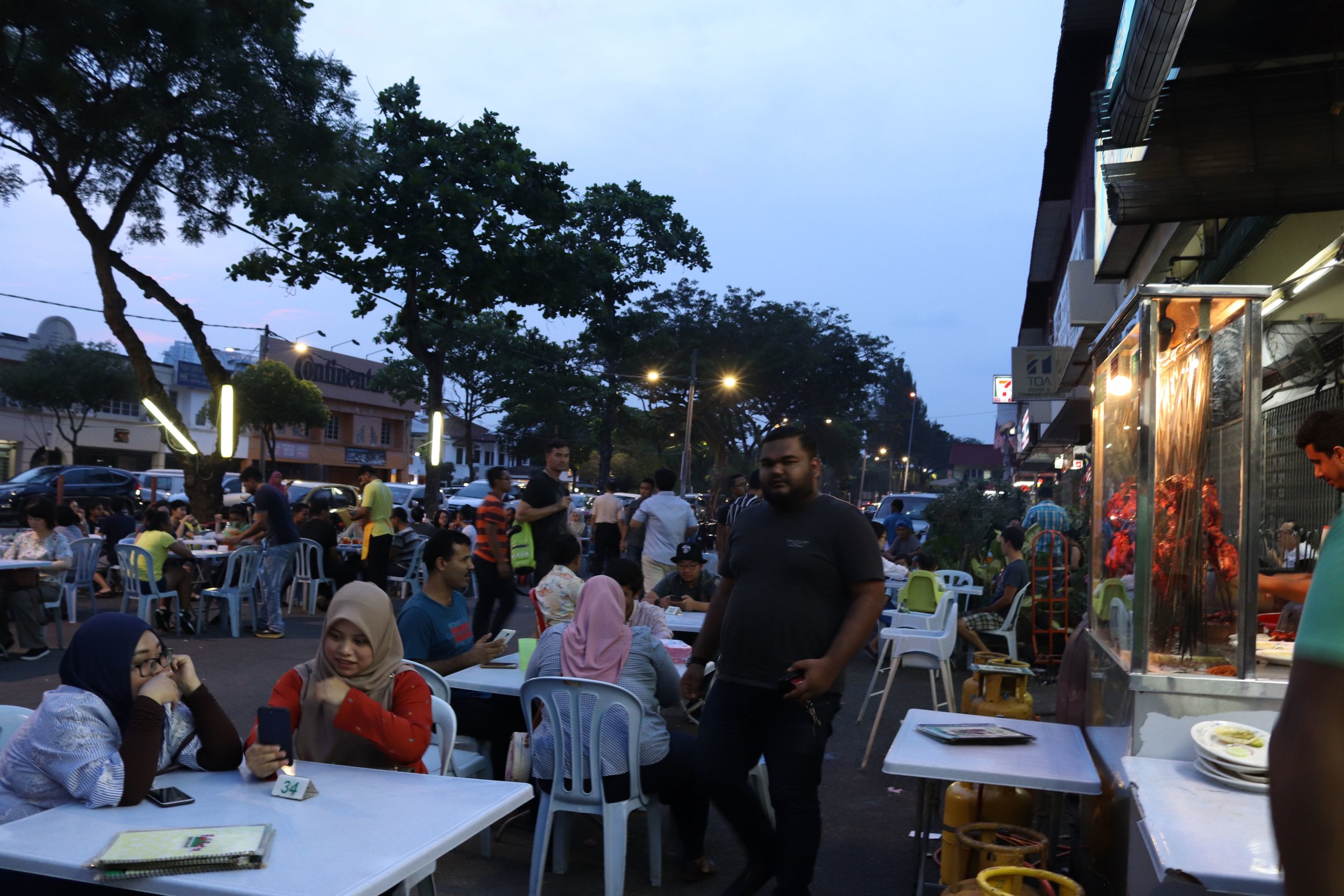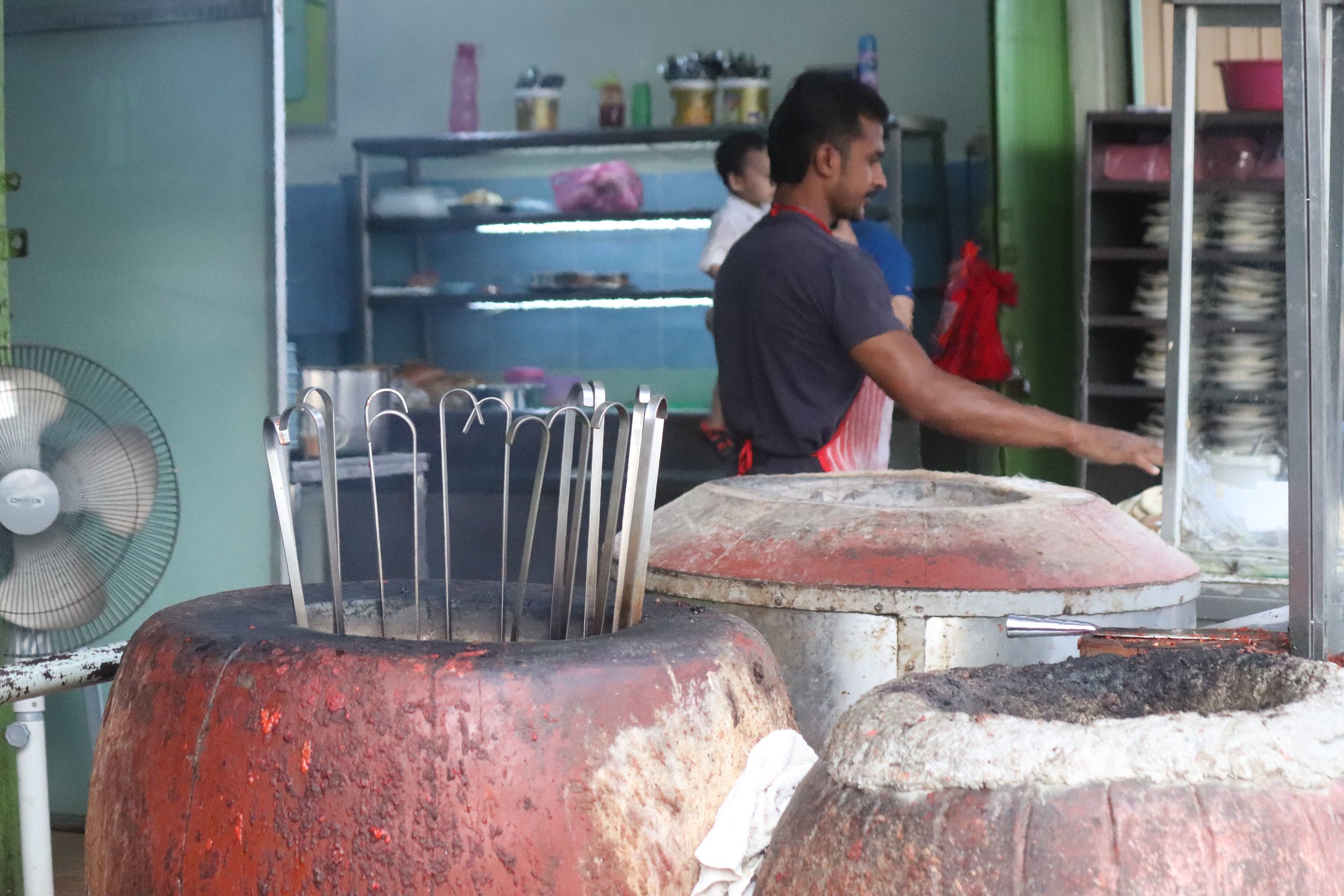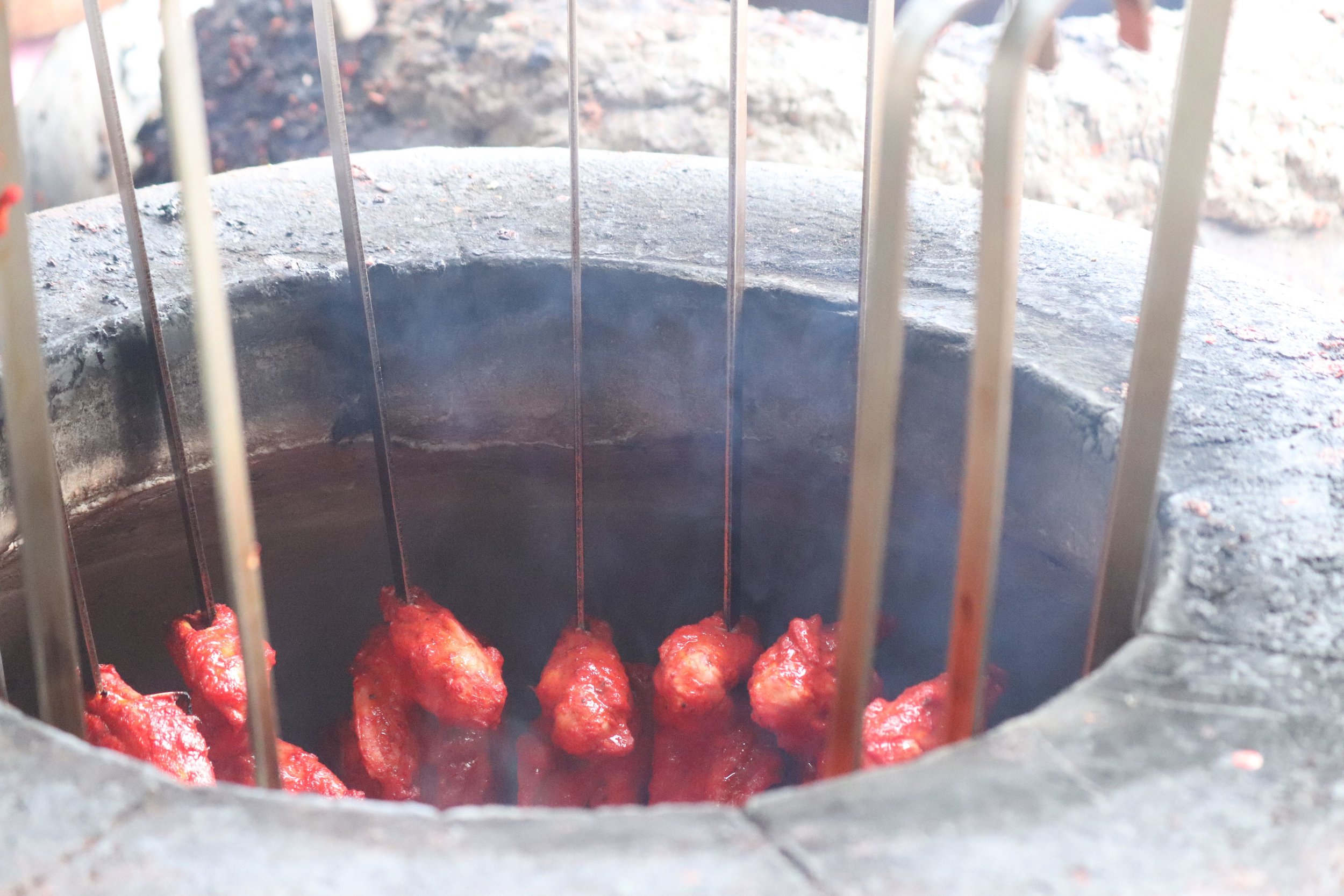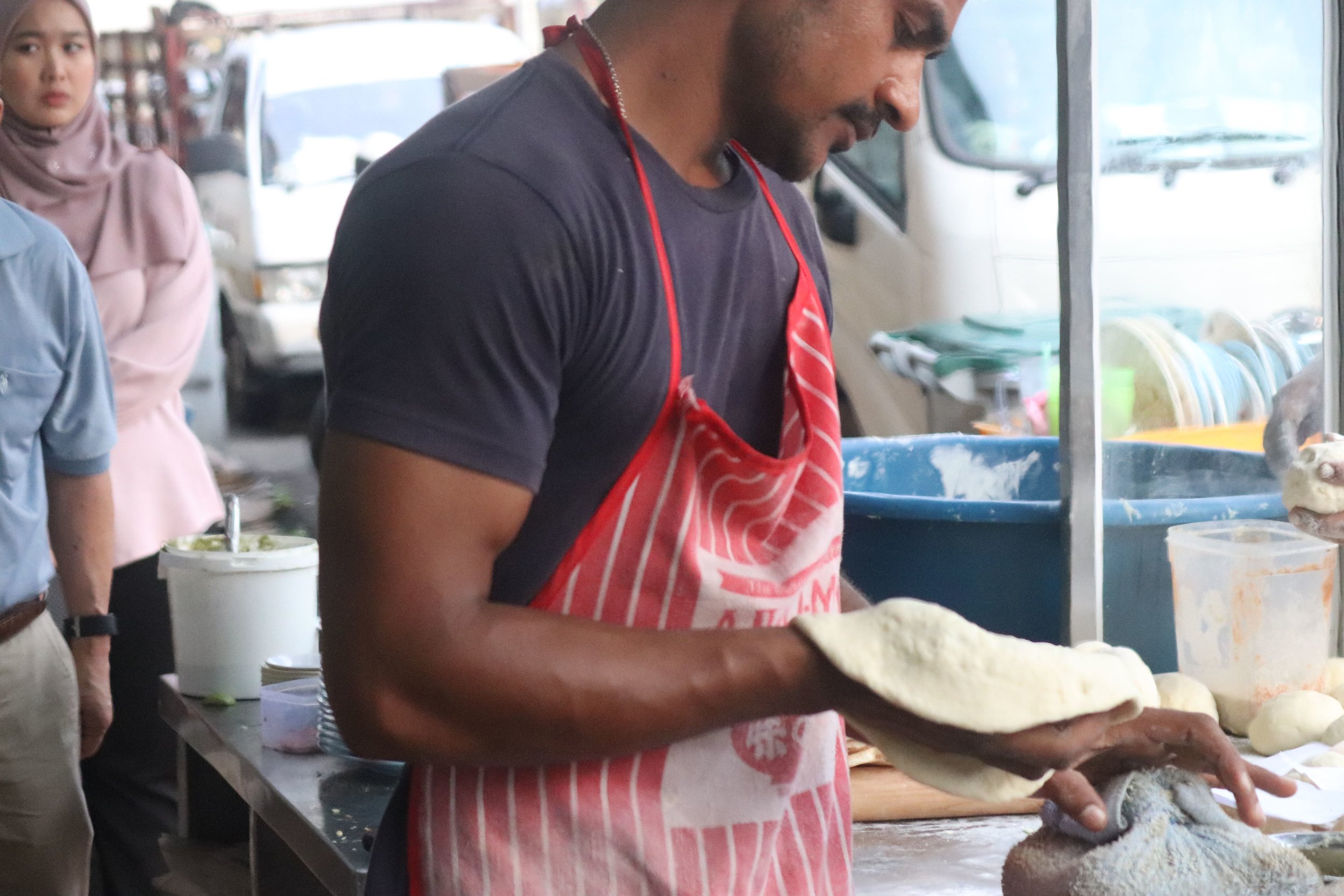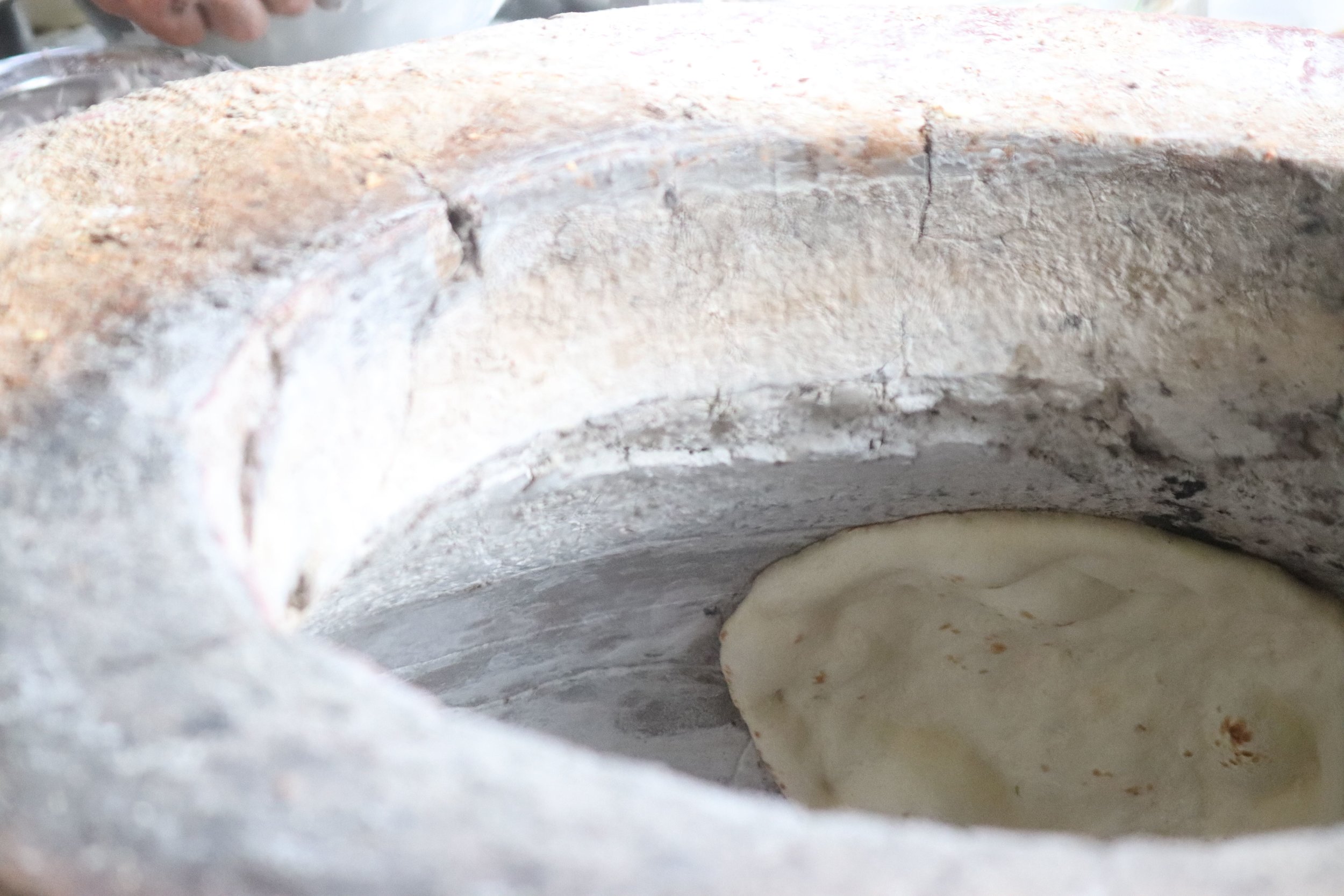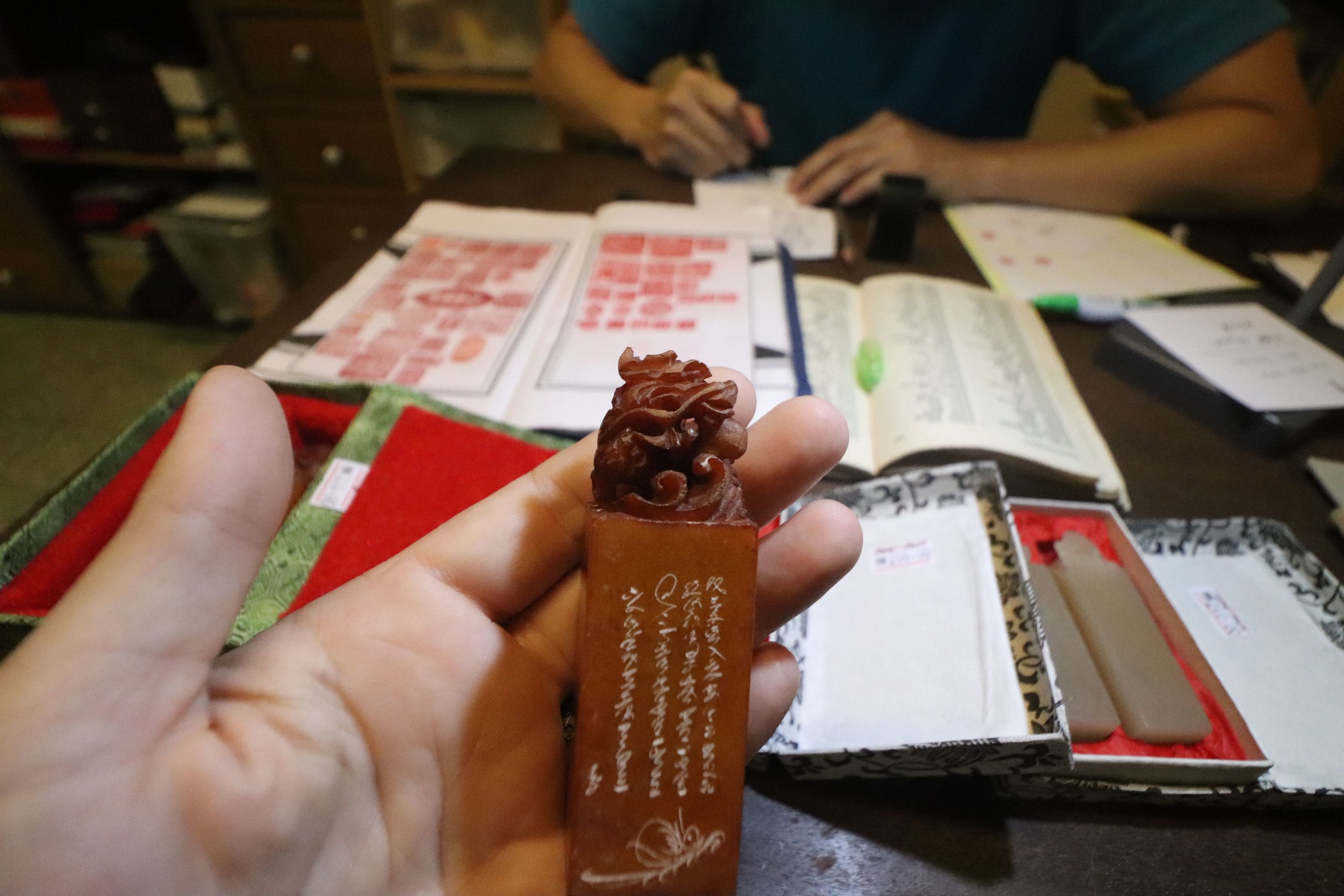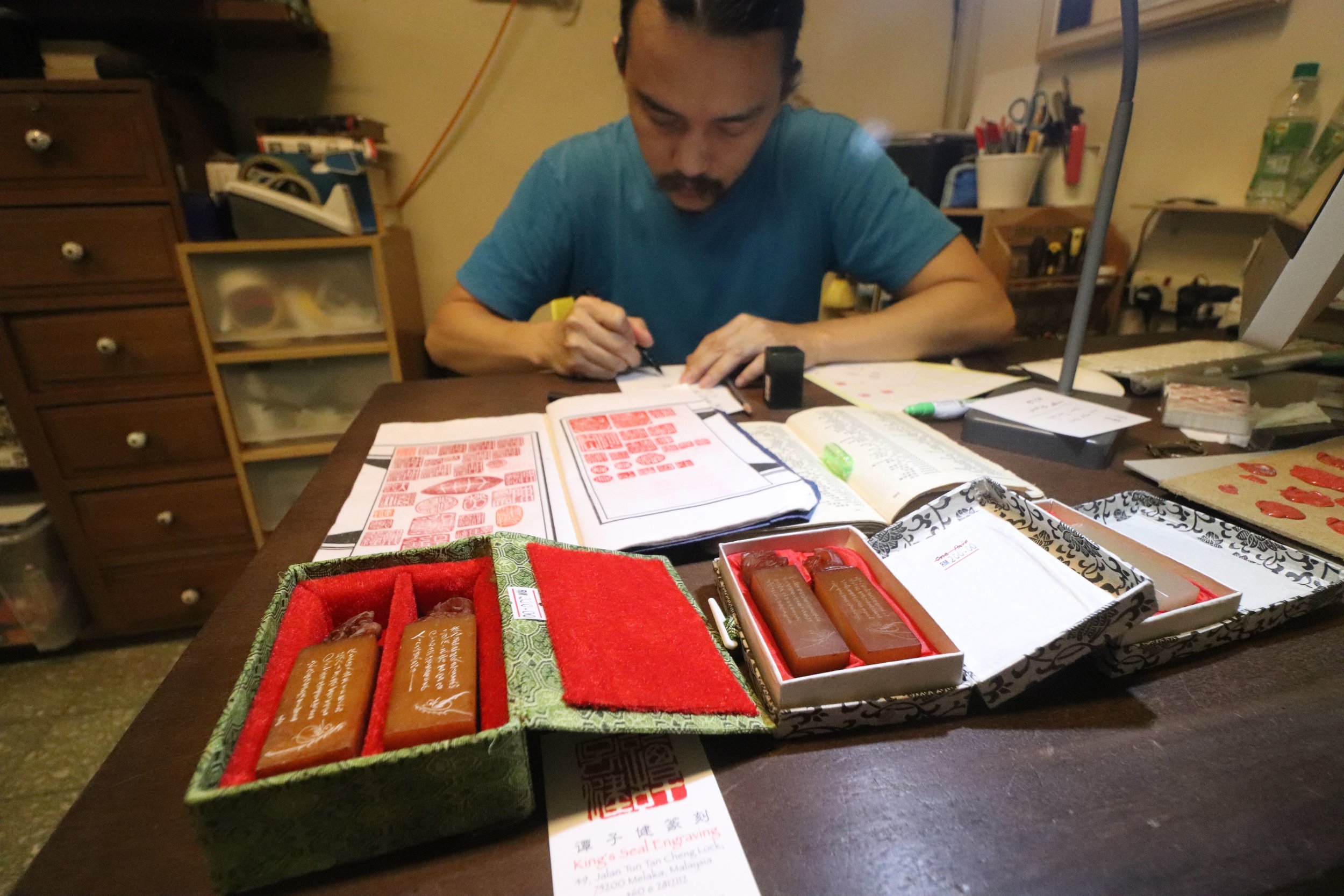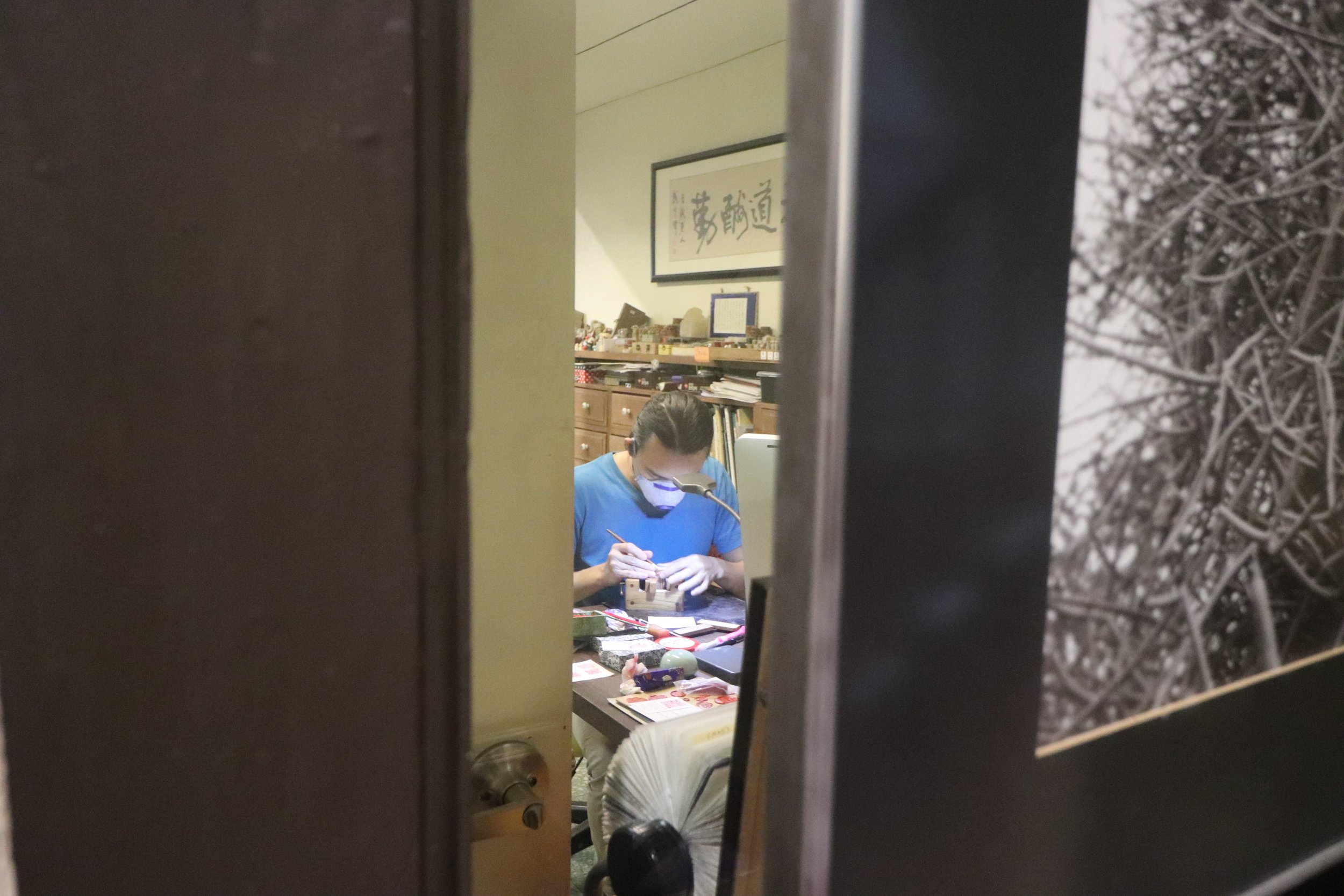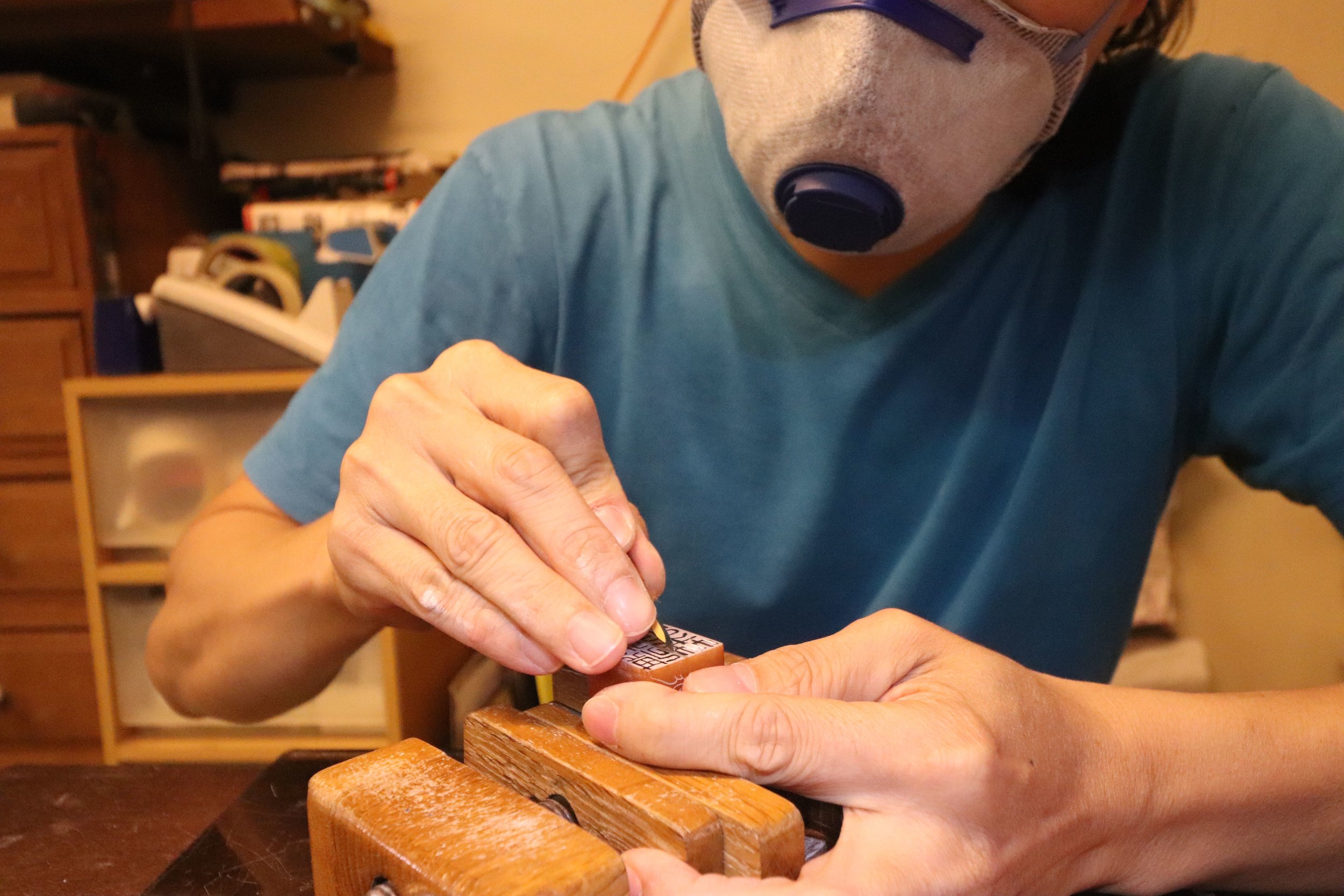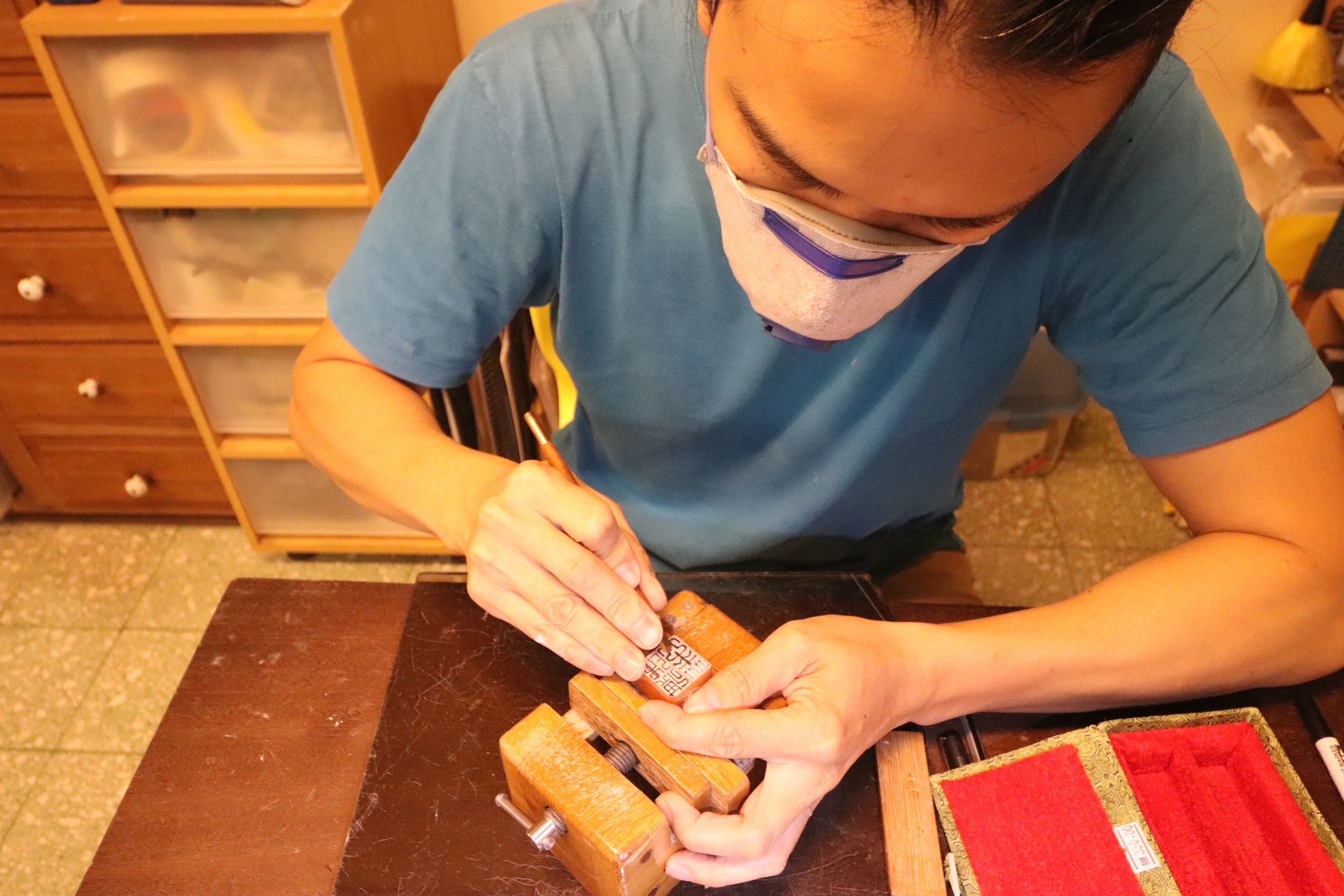“I have no idea what this is, but it’s delicious!”
After our tour of Museums, the Oddgodfreys Melaka Objective turned to equally important present day matters: food. With the mixing of cultures borne of a trading port colonized by multiple other countries, Melaka is a melting pot of culture. The three main cultures living in Malaysia generally are Malay, Indian-Malay, and Chinese-Malay, along with a smattering of other minorities like the all-Gurka (Nepalese) Security Guard Force, Bangledeshi, Pakistani, a few of European descent, and I’m sure others. The benefit to this is similar to the benefit we experience in the U.S.: a fantastic fusion of FOOD!
Most notably in Melaka is the fusion between Malay and Chinese fare. Named after a wealthy Chinese-Malay named Baba Nyonya, Nyonya food includes the curries of Malaysia with the pickled, fermented vegetables, fried wonton or pastry wrappings popular with Chinese food. Nestled in one of the beautiful Dutch row houses with its open air roof, patterned tile floor, and decor of rainforest orchids, Chinese lanterns, and various imported art from around the world, Andrew and I enjoyed one of the very best meals of our lives - for $12.00 US total. Not per person, total.
Drinks start with a Nutmeg fruit hot tea. Did you realize you can eat the fruit of nutmeg as well as grate the nut for the spice we usually think of when we make eggnog or pumpkin pie? I didn’t. I learn something new everyday.
Appetizers include Tie pei, wontons fried into the shape of little hats stuffed with sautéed squash, fried onions, and a tangy, spicy chili sauce to place on top. (I found it easier to fit in your face if you nibble the hat brim away from the wonton before trying to stuff it into your mouth. You can’t bite it in half, the wonton crumbles into a million pieces.)
Our main course is Beef Nasi Lemak: roast beef slow stewed in a coconut milk and heaping portions of cinnamon, nutmeg, star anise, pepper, and other Spice Island flavors. This is paired with rice, a portion of pickled and fermented vegetables, topped with crushed almonds, and a handful of tiny fish dried crunchy and eaten whole (spine and all!).
For desert, sticky, starchy balls like tapioca are scooped out of a soup of ice cold coconut cream and “Gula Melaka” - red palm sugar the Melakans proudly “invented”.
Note the selection of dishware. A mix of colorful patterns, etchings in glass and simple flatware has been a common trend in all the restaurants we’ve visited in Melaka. It matches their philosophy of room decore, especially in the form of patterned ceramic floor tiles.
It also applies to the beautiful fabrics they weave for special occasions with bright colors and gold thread.
Not to be outdone in the realms of light and color, the main street of historic Chinatown Melaka comes alive each weekend with a bustling, energetic night market. We enjoyed both Friday and Saturday night at the world famous “Jonker Walk,” filled with random acts of kareoke, chaos, and delicious street food like bacon wrapped mushrooms, grilled shellfish, coconut shakes, lights, music, crowds, “original copies” of every brand name you can think of, and Chinese tea.
Even during the day, the street food in Melaka China Town remains on point. We examined the strange hive and tried honey from the Rainforest “Stingless Bee”. Thinner liquid and more sour than normal honey, it makes for an excellent Honey Ice Cream. Fresh Seafood is fire roasted before your eyes. Always available are delicious wontons with freshly made pickled ginger and soy sauce and the flaky, crispy, pastry buns filled with a savory sweet chicken filling were too delicious to pass up. Here, take a seat in this cafe just outside a family’s household temple flanked by two giant China-Man statues.
And, finally, we enjoyed a night of Pakistani food. We had intended to walk further into the neighborhood, but were waylaid by the delicious smell emanating from tables set up in a large parking lot. We took a seat and watched hot stone Tandoori ovens roast chicken, bake freshly made naan for dipping in an orange soup, the contents of which I cannot begin to identify other than to say squash and maybe a grain.
Museums, check
Tour of historical architecture, check
A ride in the Hello Kitty Cart, check
Delicious food, check.
All that is left is to take away a little piece of the trading culture. As we walk the streets, we are drawn into a beautiful art gallery where a man is hand carving Chinese stone seal stamps. You’ve probably seen the product of these stone seals before; the little red square filled with Chinese characters dotted in the corner of a Chinese work of calligraphy, a contract, or a letter is generally made with these stone seals. The users’ name is carved in the bottom of a block of polished stone, then the stone is dabbed in bright red ink made from “Airong Fibers” of Chinese Mugwort to create the stamp. Given their small (read: boat appropriate) size and my love for letter seals of all kinds, I decide I’d like to have one of my own. We peruse the options of precious, polished stones and choose a set of two with the carving of a Phoenix for me and a Dragon for Andrew.
The carver designs a square from the sounds of the syllables in our names: “Un dah rue” and “Lai se li” Each syllable is represented by characters, those Chinese symbols that are not letters or numbers, but a shape that represents something. There are 70,000 different characters in the Chinese language, and approximately 5 different ways to write each of those 70,000 characters depending on whether it is traditional or modern scripts. Reading seems challenging. Add to that, the characters run from right to left, rather than the left to right I’m used to and I’m overwhelmed with how different and exotic my Chinese signature must be. We explore the art gallery and chat while he carves.
He finishes Andrew’s and we give it a test. Looks great! The artist translates the three syllables:
“Un = Content, calm, still, quiet, safe, secure or “in good health”.
De = virtue, goodness, morality, kindness
Ru = a typical surname”
Okay, sounds good. I’m getting excited to see my seal all finished and find out what my three syllables mean. We take a circuit through the art gallery where an automated vacuum bug chases Un-De-Ru’s feet around the floor. Finally, it’s my turn. “Okay! What does my name mean?” I ask, with my typical dose of enthusiasm.
“Well, it doesn’t really mean… it has nothing to do with who you are as a person…”
“I know, but what!?” I ask.
The artist pushes the paper with the translation across the table to me.
“LAI = Name of a plant: Fat Hen, Goose Foot, or Pig Weed.
SE = …
LI = …”
Pig Weed!??? Never mind, I don’t need to know the rest. You can just call me Pigweed.


